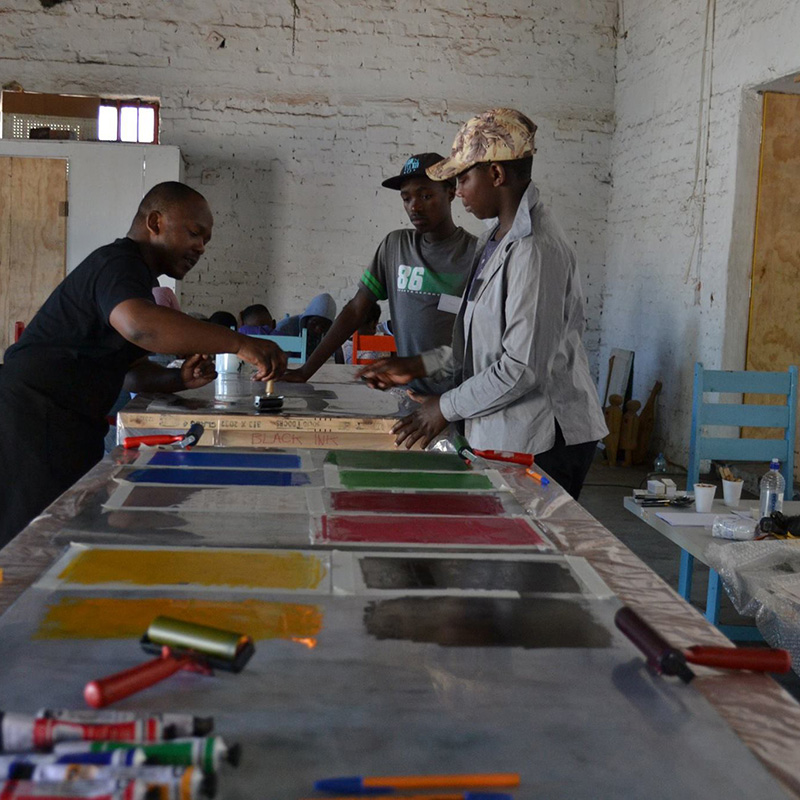
Black Ink
Black Ink is a collective initiated from within the Visual Arts Department at Stellenbosch University focused on affecting change and development within their immediate communities by sharing the passion they have for printmaking. Using the skills they have as educators and artists, they seek to provide opportunities to communities that need affirmative and creative engagement. They are printmakers who are about making an impression.
For more information:
Black Ink Collective
[email protected]
https://www.facebook.com/BLACKink.collective
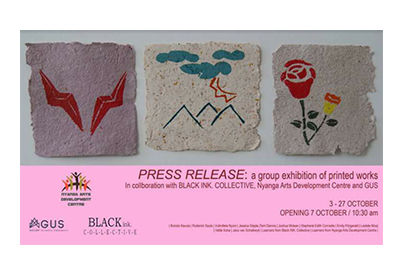
|
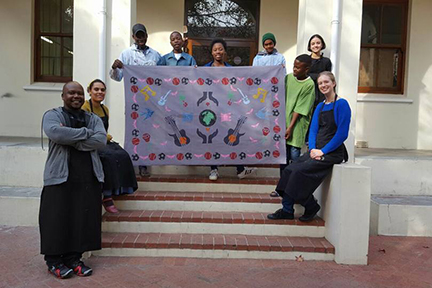
|
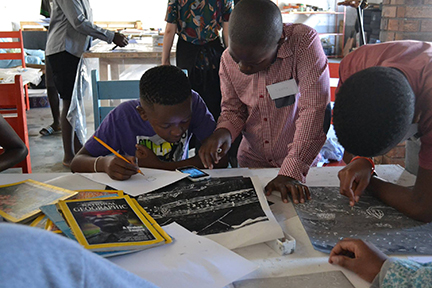
|
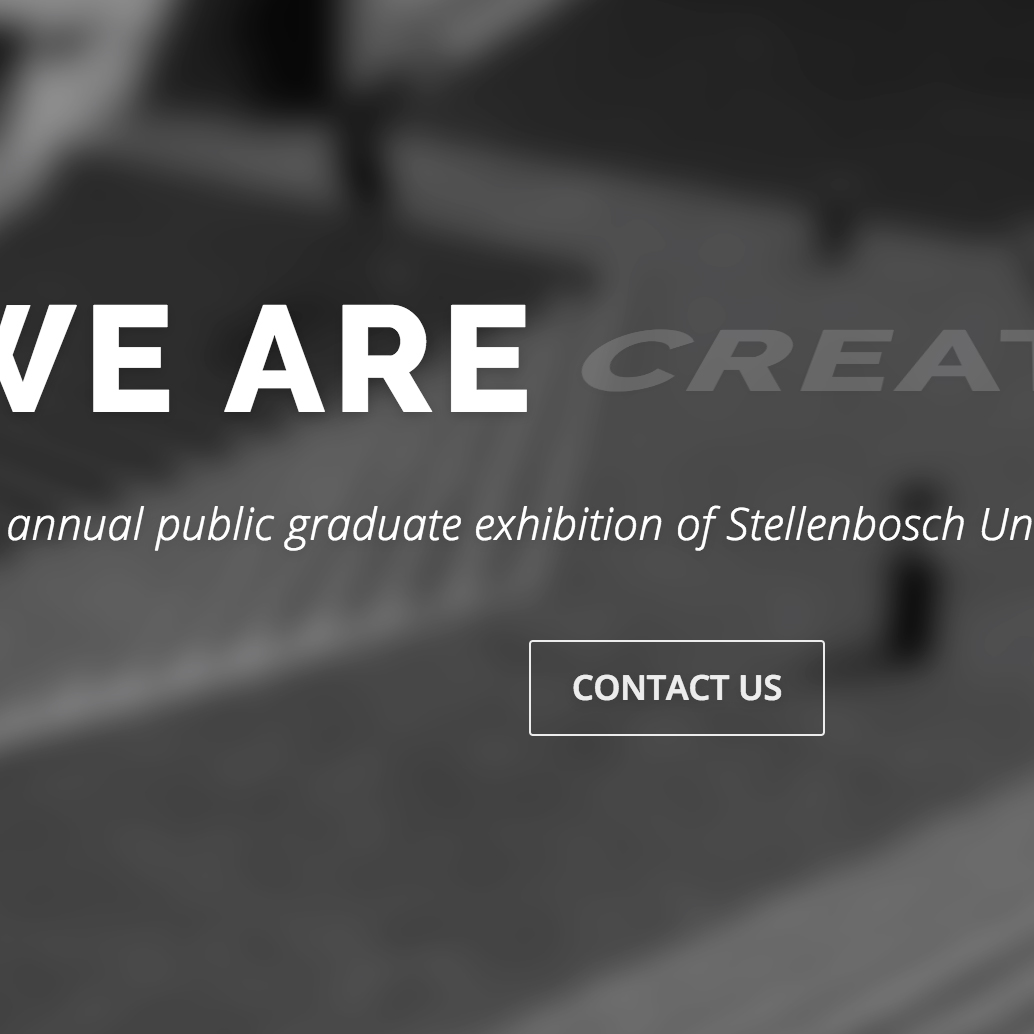
GRADEX
Gradex is the annual graduate exhibition of Stellenbosch University’s Visual Arts Department. The exhibition is organised, curated and set up by the graduates themselves. Works from the department’s three distinctive practical streams; Jewellery Design, Fine Arts, and Visual Communication Design, are showcased in order to provide a platform for students to begin their creative careers and reflect on the culmination of four years of study. The exhibition also allows students the opportunity to network, meet other creatives, and make connections for their future careers in the world of art and design.
For more information:
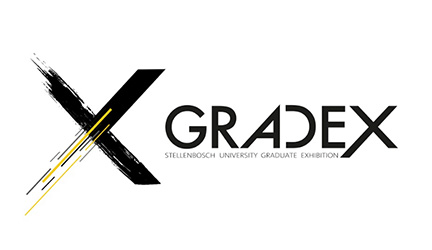
|
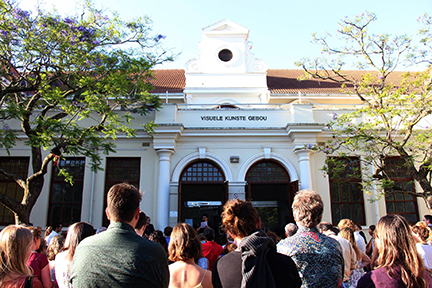
|
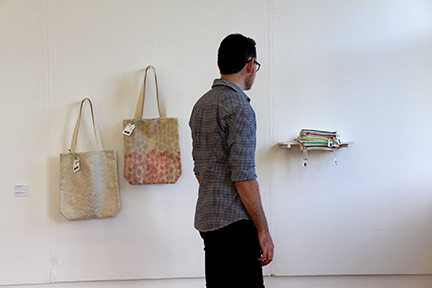
|
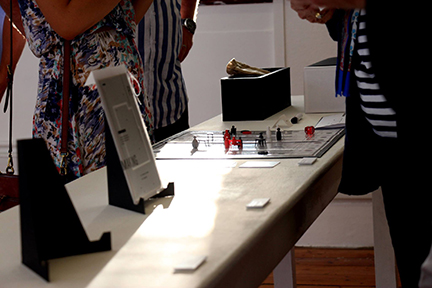
|
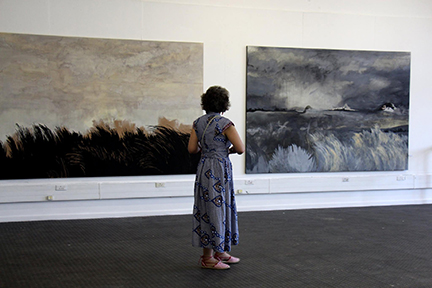
|
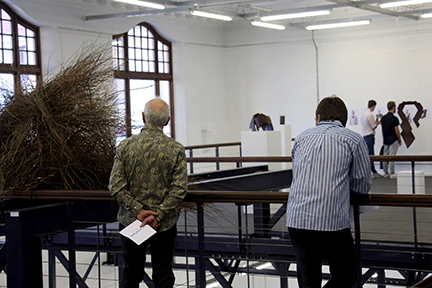
|
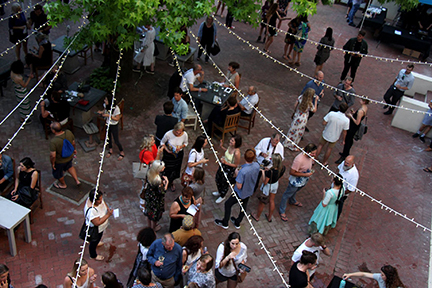
|
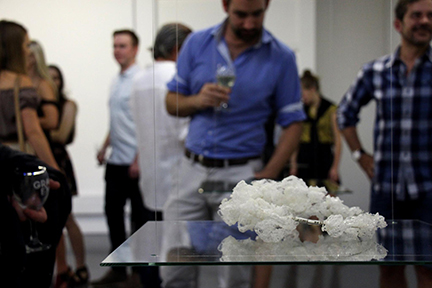
|
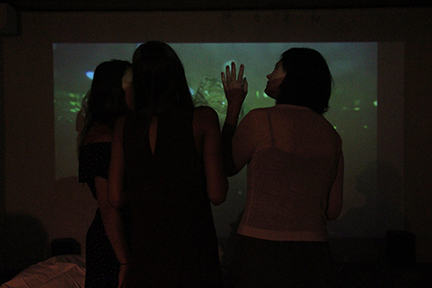
|
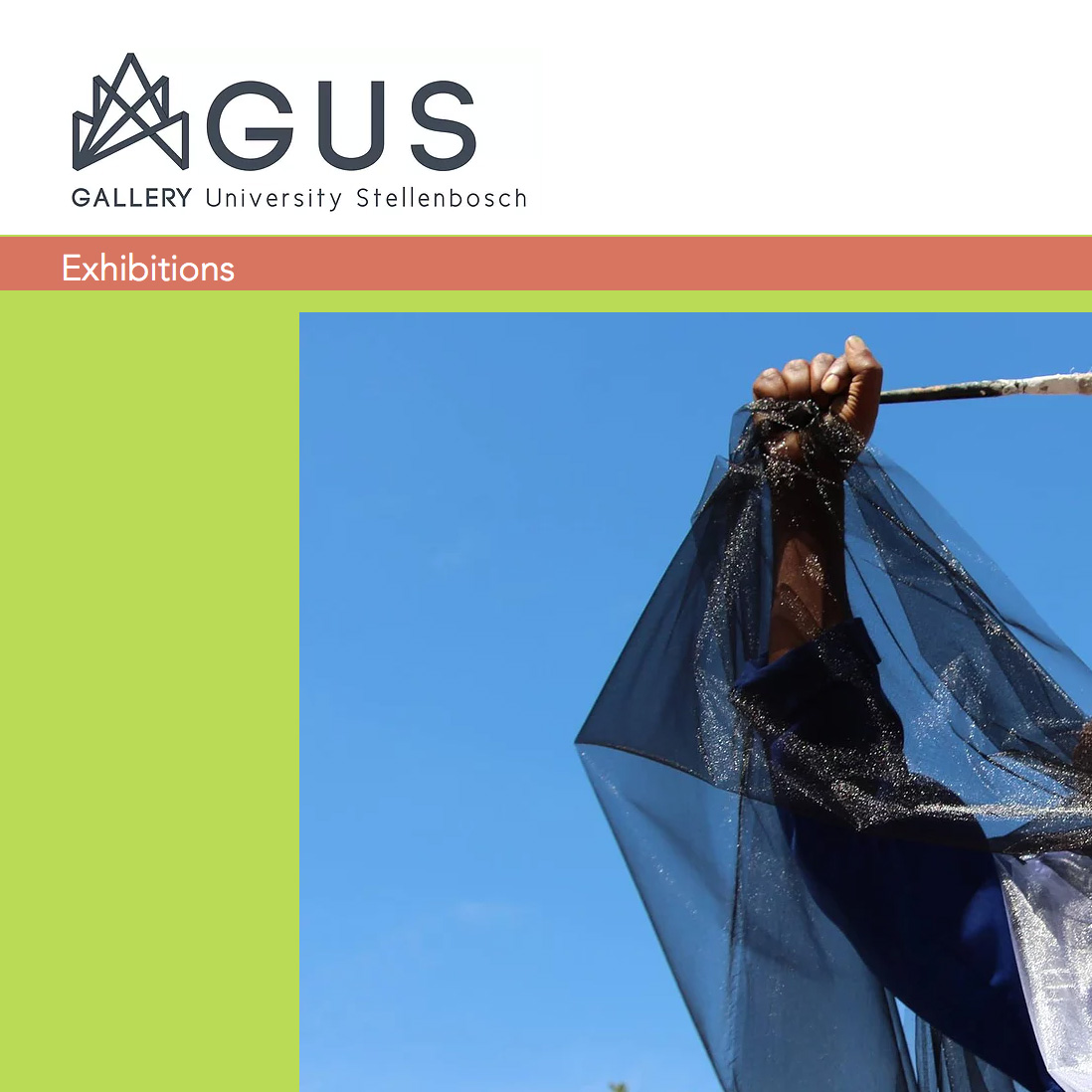
GUS
Gallery University Stellenbosch, better known as GUS, is an off-campus extension of the Visual Arts Department at Stellenbosch University. Its vision is to serve as a public multi-disciplinary community centre, creating a space for sharing knowledge, ideas and inspiration. In addition to exhibitions, it hosts live music events, poetry sessions, open workshops, lectures and discussions.
GUS strives to serve as an inclusive public space for inspiration and creation.
For more information:
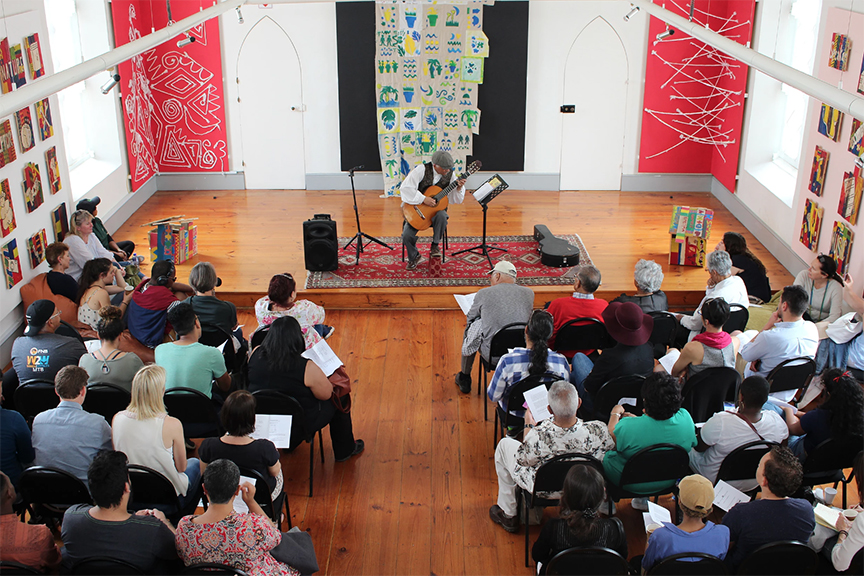
|
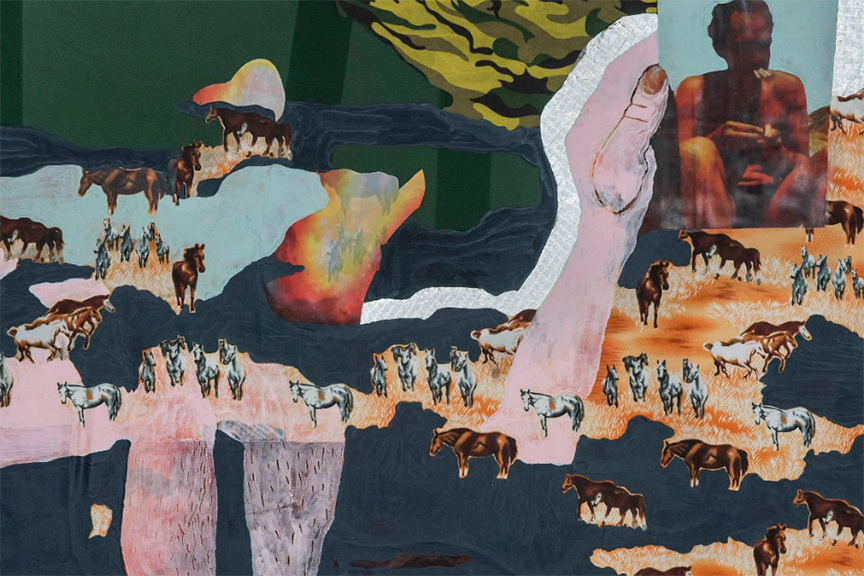
|
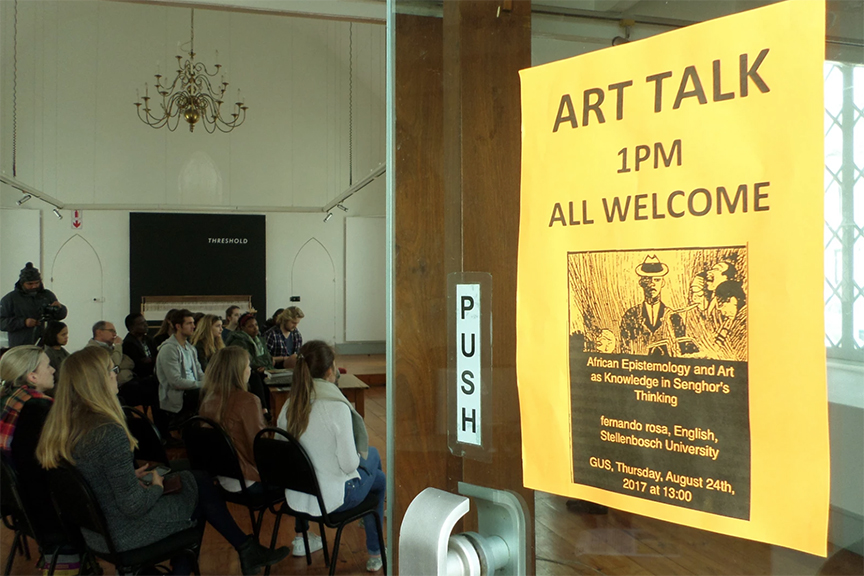
|
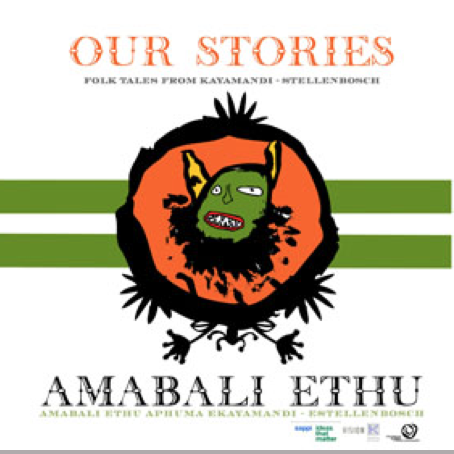
Making indigenous stories accessible to the youth through electronic games
Elmarie Costandius, Adrie Heuse and Marcelyn Oostendorp applied for National Research Foundation funding.
This project builds on the results of the National Research Foundation (NRF) Blue Skies funded project, titled “Reading and creating wordless picturebooks”. The Blue Skies project resulted in the collection of stories from diverse communities that were made available in the form of printed wordless picturebooks. Before the NRF Blue Skies wordless picturebooks project, the main researcher ran a project titled “Amabali Ethu”, where stories from Kayamandi were collected and which resulted in the printing of 500 books. Another story-collection project by the third research partner involved the San community located within the Western Cape. The proposed project focuses on the further collection of indigenous stories and connecting them with the everyday life experiences of youths, and will result in electronic games. Electronic games have proven to be very effective in clinical trials or to change unwanted social behaviour. An increasing body of literature studies the applicability of gaming concepts in the educational field, for instance language learning. The electronic gaming industry also ranks together with the software and biotechnology industries among the economically relevant new industries. The findings of this research will further strengthen understanding of the power of gamification for social cohesion and identity building. The proposed project entails multidisciplinary collaboration between Visual Arts departments (Stellenbosch University [SU], the University of Johannesburg [UJ] and the Cape Peninsula University of Technology [CPUT]), linguistic departments (SU and UJ) and an Electrical and Electronic Engineering department (US) as well as collaboration with the Innovation in Society research project at the Faculty of Informatics and Design (CPUT).

|
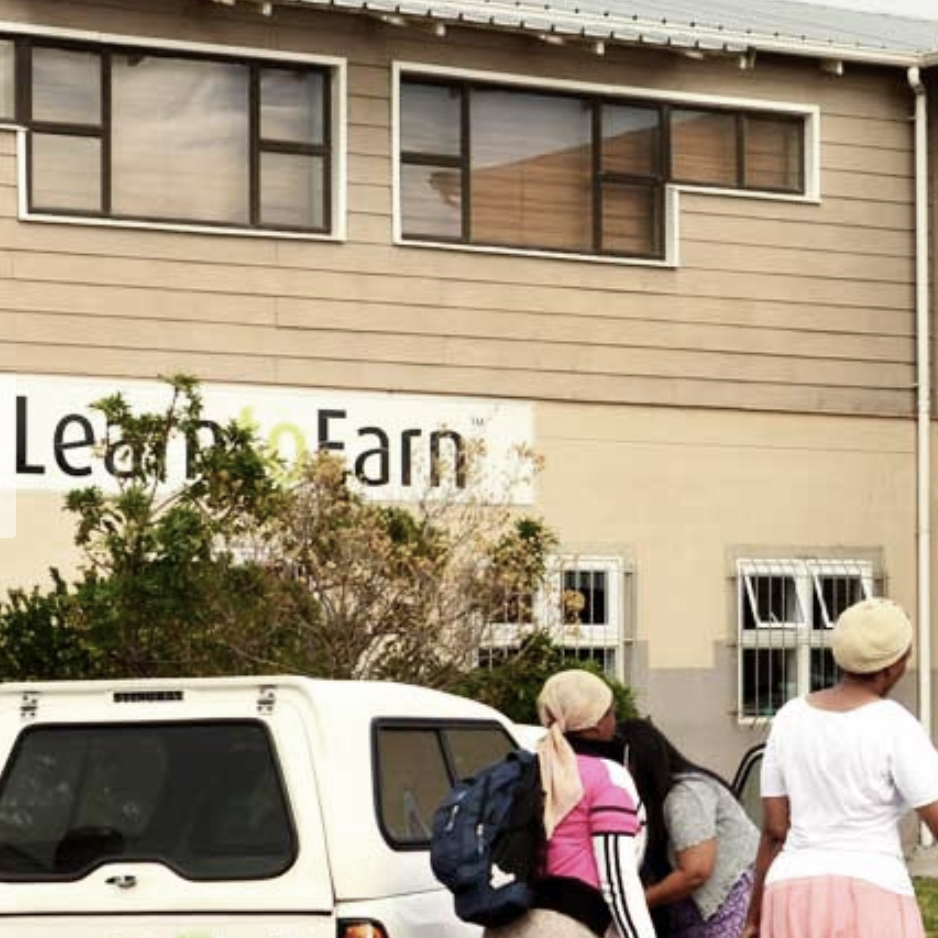
LEARN TO EARN
The Visual Communication Design students of the Visual Arts Department are involved in a mentorship programme with students who are enrolled in a bridging course in Graphic Design with the local NGO, Learn To Earn, in Khayelitsha.
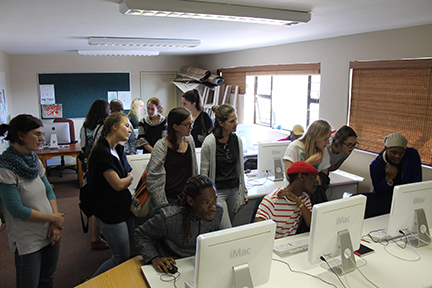
|
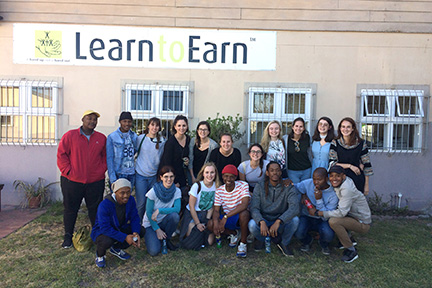
|
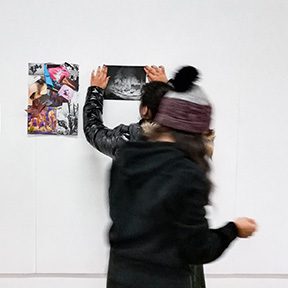
OPEN STUDIO WORKSHOPS
The Visual Arts Department hosts a range of Open Studio Workshops for a selection of Grade 10 and 11 learners from neighbouring communities during the school holidays. We hope to see some of the participants as Visual Arts students in the near future.
For more information:
Joani Groenewald
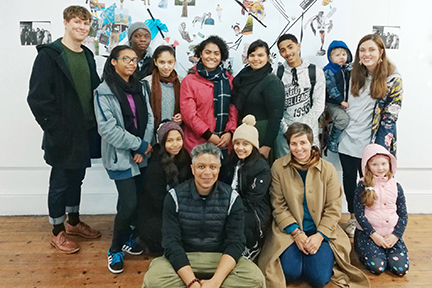
|
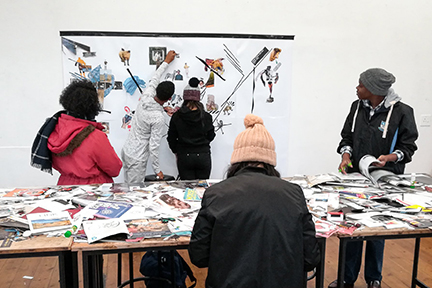
|
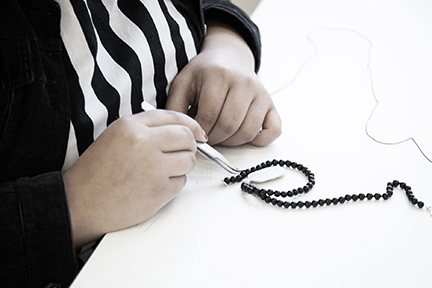
|
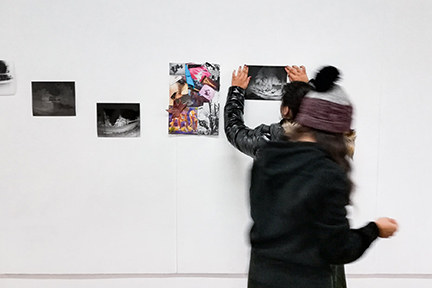
|
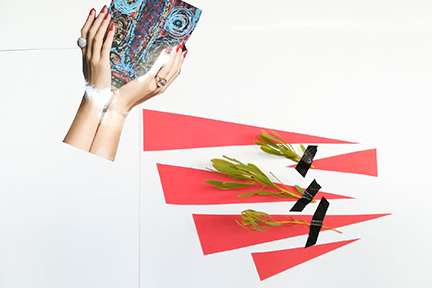
|
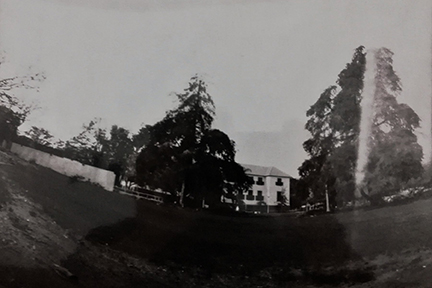
|
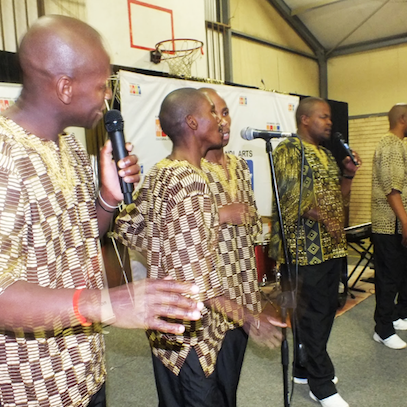
Rewriting the socio-political history of the arts: Decolonising the arts curriculum
Elmarie Costandius and postgraduate students
Project sponsored by the National Research Foundation and the National Institute of Humanities and Social Sciences (https://www.su.ac.za/en/faculties/arts/arts-social-sciences)
The project Rewriting the socio-political history of the arts: Decolonising the arts curriculum (RADA) is an exchange of knowledge between arts departments and wider society. The first part of the project is geared towards the documentation of material culture, namely objects, traces and/or events among local communities that can be described as textual (such as poetry, literature, art, craft and design), spatial (architecture and landscape), performative (theatre and dance) and sensory (with interests such as food, games and sport), in historically disadvantaged areas around the five universities. The second part of the project is in the form of recording and documenting the arts (exhibitions, theatre plays and lectures), which will be distributed for free to the wider Stellenbosch community and the public. Material culture as a study field examines the relationship between people and their things and the making and interpretation of objects, traces or events. This project was started because of the realisation of the potential of material culture as a medium for knowledge production, learning and growing. Part 1 focuses on the knowledge produced in areas that have been previously silenced and Part 2 on knowledge produced at the universities involved and how these knowledges are shared and exchanged to the benefit of both parties. All the material culture, interactions, lectures and reflections on learning will be archived in a database that will be accessible to the public. These intersections and exchange will take place within a theoretical and practical framework of critical responsible citizenship and social justice education.
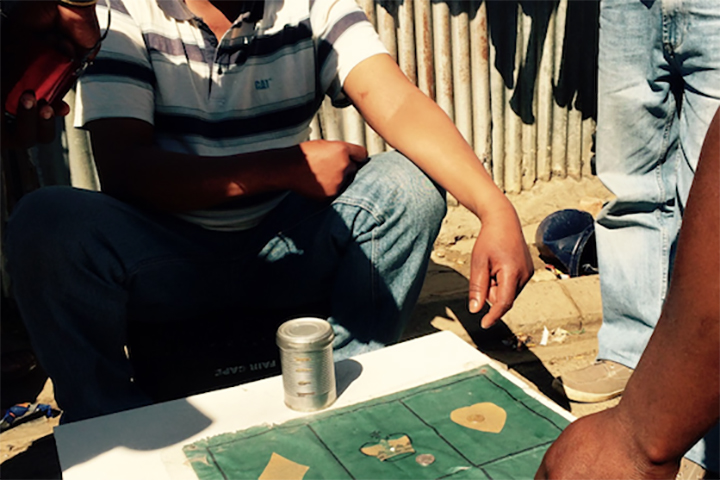
|
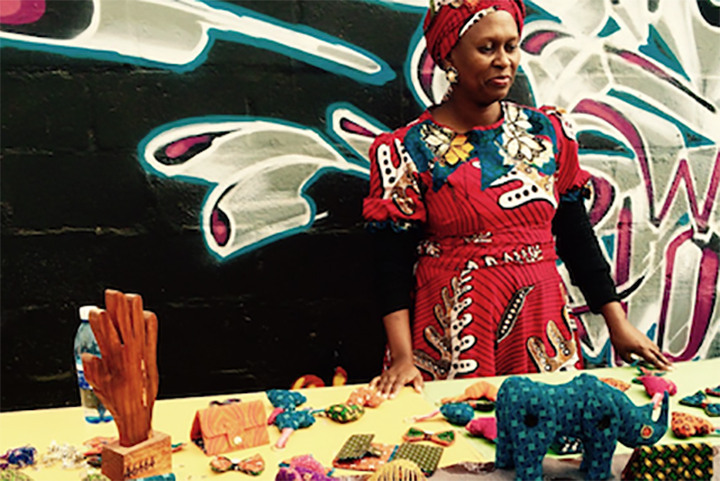
|
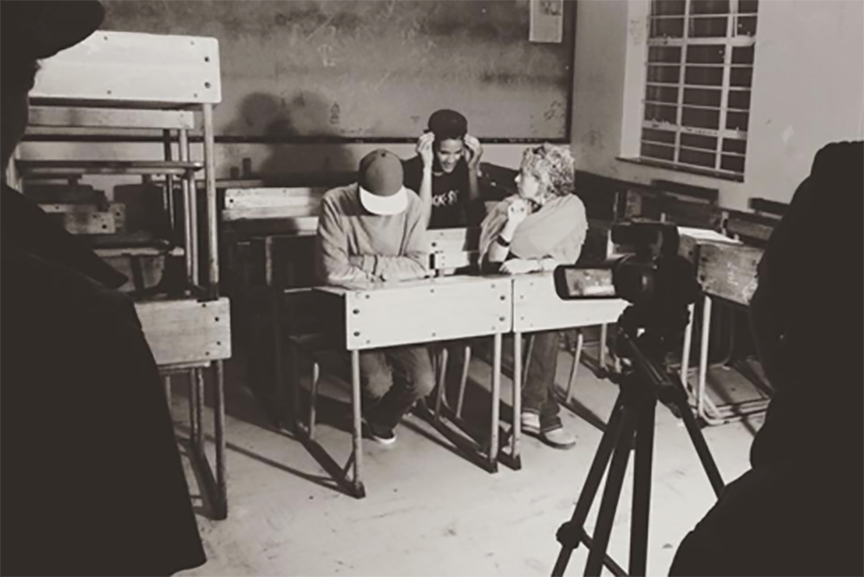
|
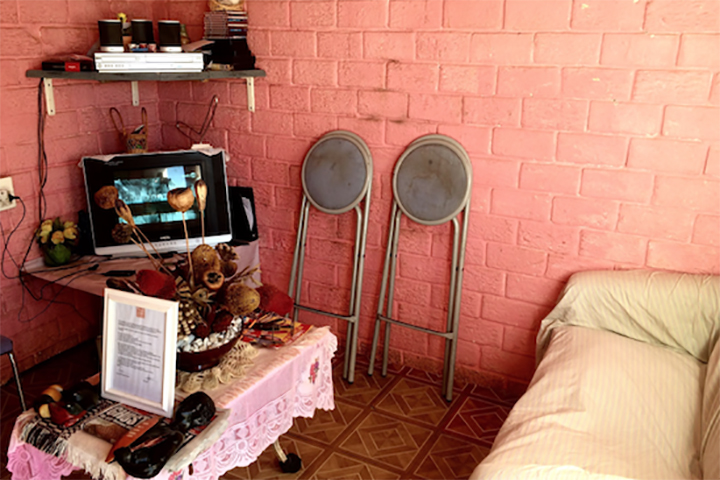
|
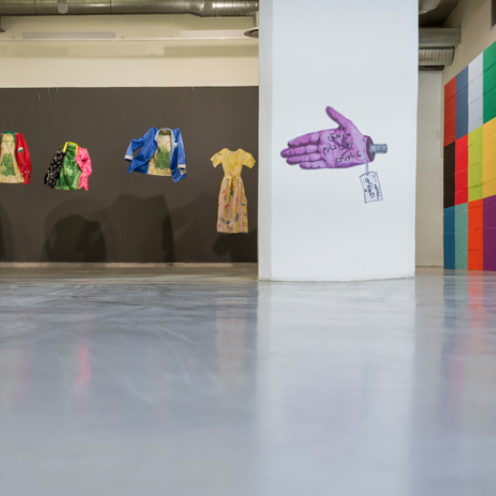
VISITING ARTIST PROGRAMME
The Visual Arts Department hosts a Visiting Artists Programme (VAP) during the academic year. This involves a series of lunch time presentations presented by individuals from diverse creative fields who talk about their creative practice.
The talks take place on a Tuesday between 13h00- 13h50 (30 minutes presentation and 15 - 20 minutes Q&A) in the main lecture hall (R1024) of the Visual Arts Building. All presentations are open to the general public.
For more information:
- Ashley Walters
[email protected]
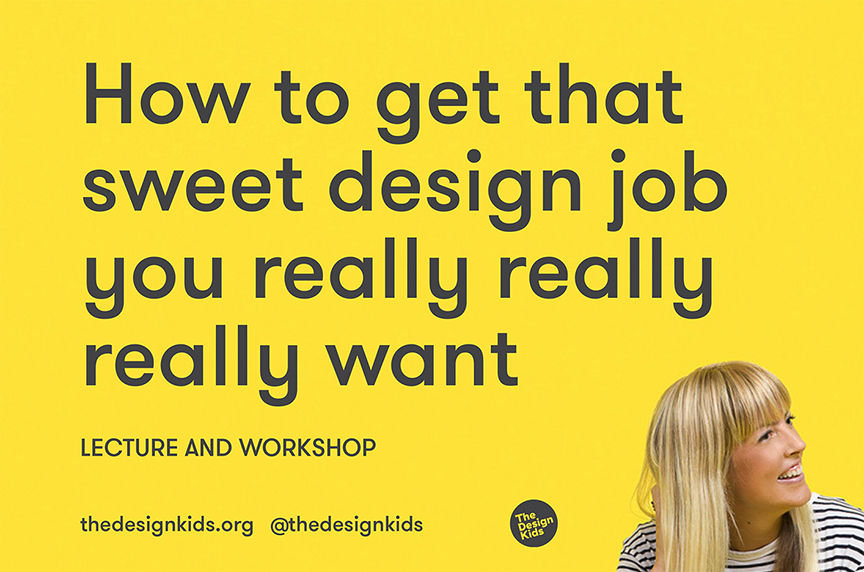
|
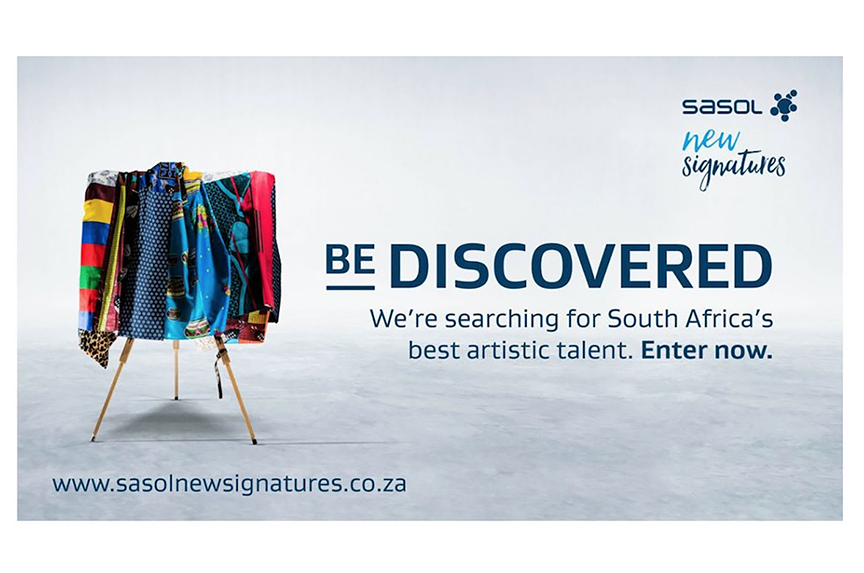
|
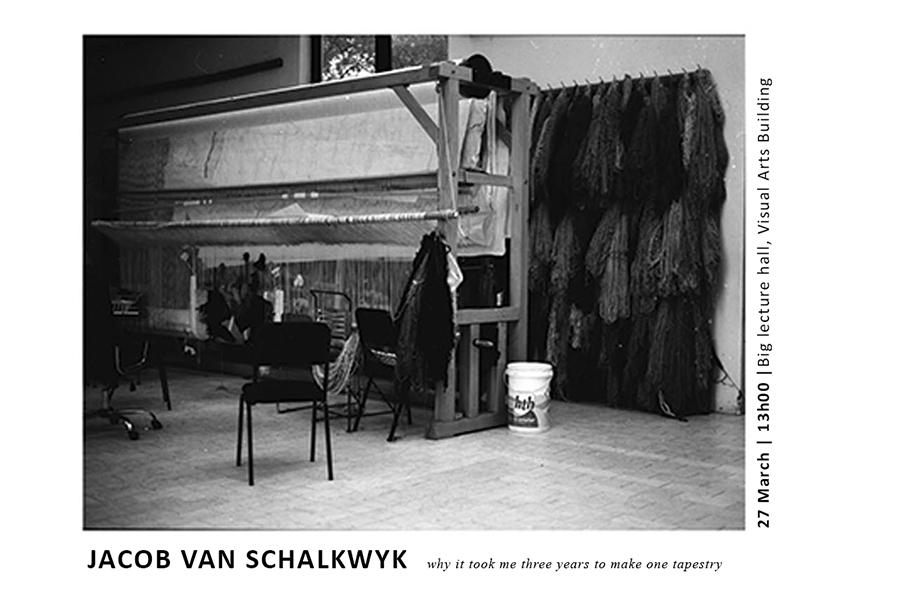
|
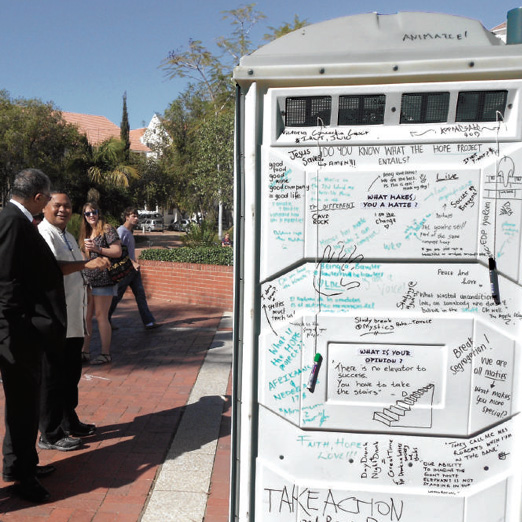
VISUAL REDRESS AT STELLENBOSCH UNIVERSITY
Elmarie Costandius and postgraduate students
Project sponsored by the Rector’s Management Team
In South Africa there is an urgent need for redress – for an embracing of justice, responsibility and equality. Visual redress can be seen as an attempt to right the wrongs of previous and current powers by removing hurtful symbols of apartheid, social injustice and misrecognition and remedying the harm that has been caused by these visual symbols through compensation by means of new visual symbols. Visual changes on the Stellenbosch University campus need to be addressed – specifically through new art installations and campus signage. Research conducted over the last four years has suggested a need for more extensive and engaged discussion with all stakeholders on campus as the first necessary step in addressing and then transforming the aesthetics and hence politics of the shared space of the Stellenbosch University campus. The project proposes to further utilise the critical and social potential of the arts to probe these issues in an open-ended way – to create the scaffolding for students to explore issues of racial discrimination, social justice, hegemony, exclusion, cultural expression, history, pain and identity with their peers and fellow campus members through creative projects.
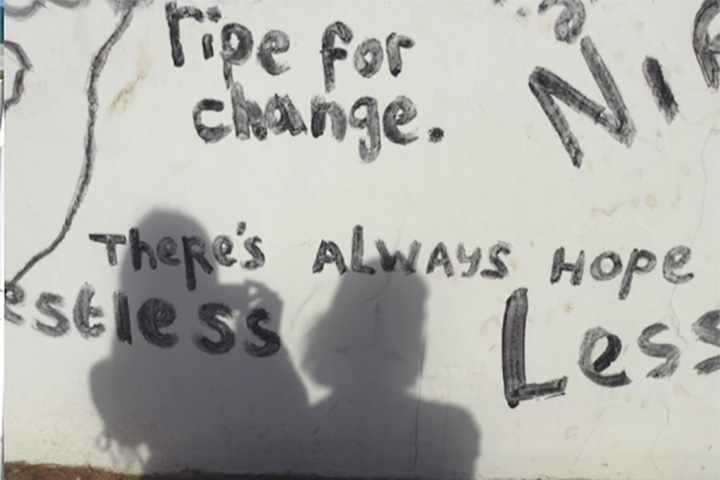
|
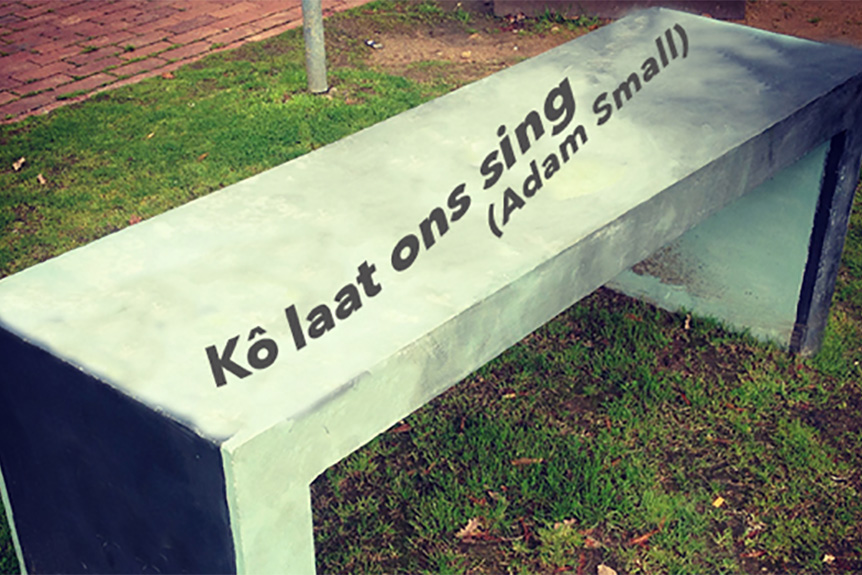
|
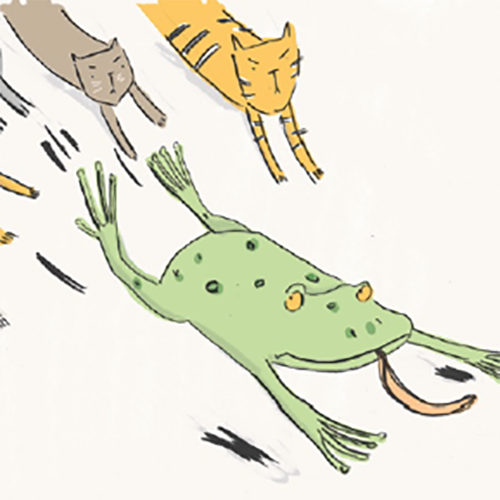
READING AND CREATING WORDLESS PICTUREBOOKS
Elmarie Costandius, Adrie Heuse and postgraduate students
The objective of this project is to collect stories from low socio-economic communities, and to then document these in the format of illustrated, wordless picturebooks that can be used for parent–child joint reading in the home. Wordless picturebooks is an under-researched genre in the field of children’s literature within the South African context, despite the fact that such books are consistently used in reading interventions internationally. In addition, there exist few locally created wordless picturebooks, and consequently it is important to source locally relevant content as a means to create these books. This project aims to firstly create wordless picturebooks through a series of story-collection workshops (in which parents/primary caregivers and their children could work together to create their own wordless picturebooks) as a means to investigate how indigenous knowledge might be used in the creation of South African wordless picturebooks. Secondly, the project seeks to collect data on participant perceptions and attitudes towards reading with wordless picturebooks and lastly, the aim is to investigate whether participants are able to incorporate reading with wordless picturebooks as part of their daily routine, and how they do this. Theoretically, wordless picturebooks can be used in the home by people from different backgrounds, using a language of their choice, with little translation issues. This concept requires further investigation in the context of people’s homes. The genre has the potential to address the lack of a culture of reading in homes where a parent/caregiver is illiterate, a child cannot yet decode text, or there is a lack of reading materials available in indigenous languages. This project will be done in collaboration with Adrie Heuse from the University of Johannesburg.
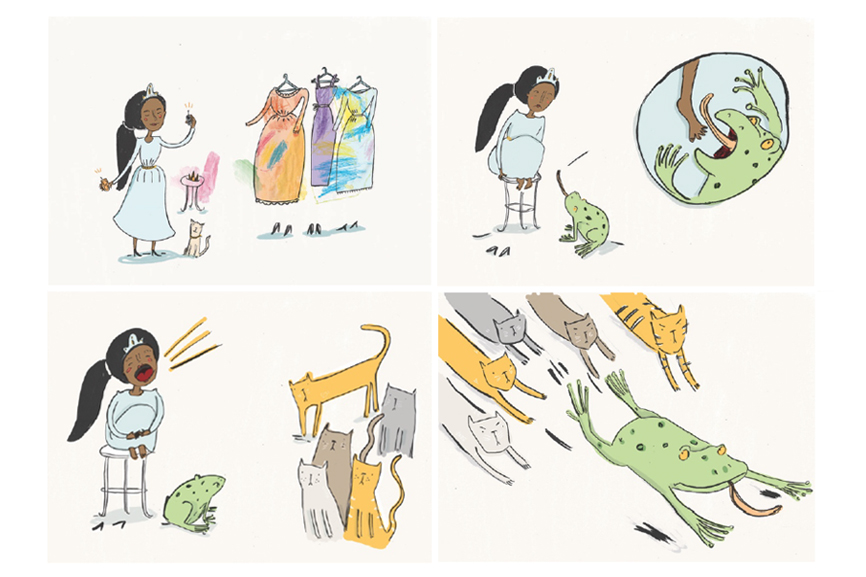
|
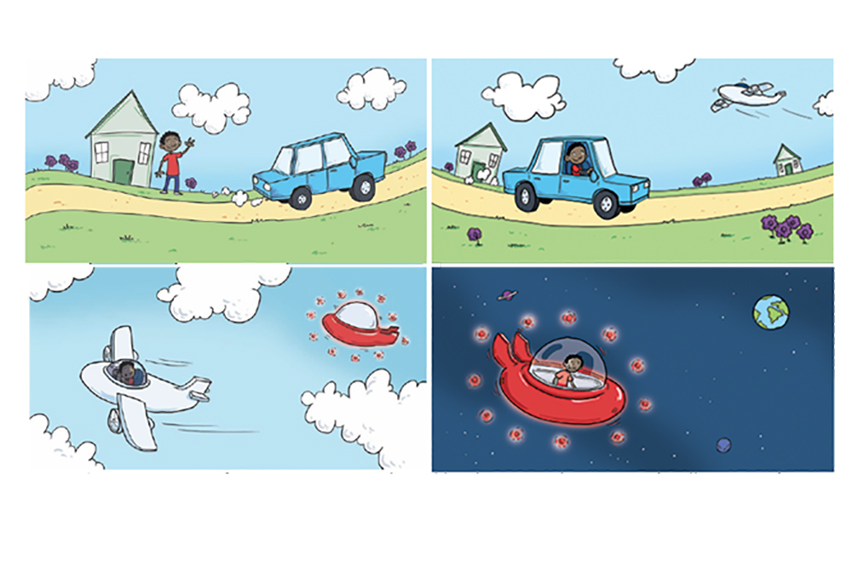
|
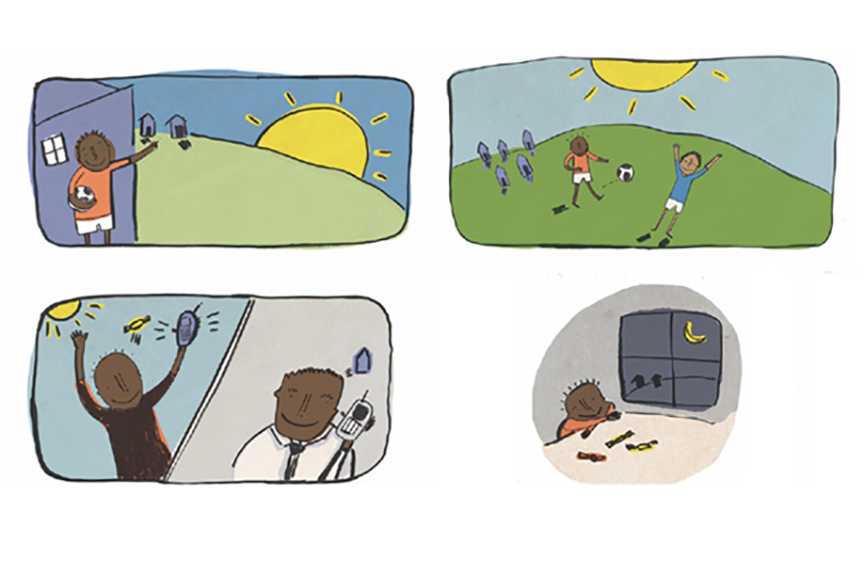
|
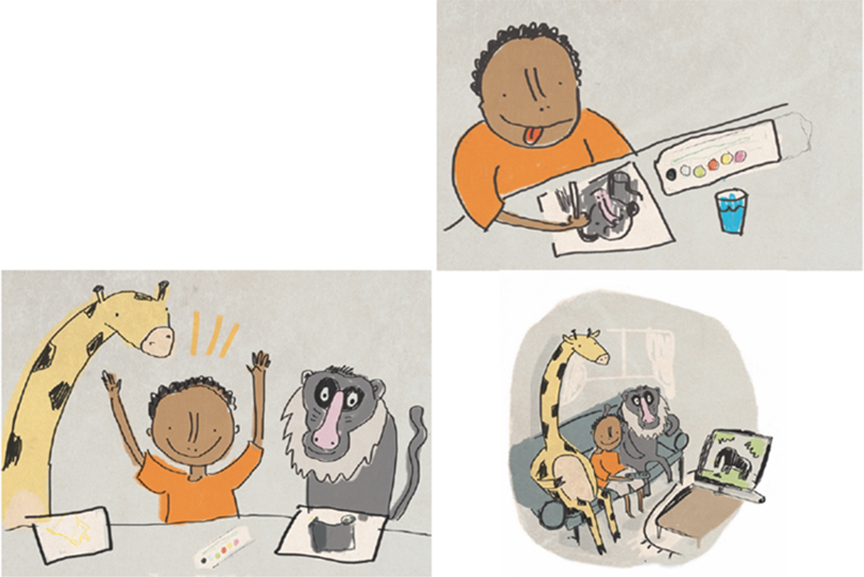
|
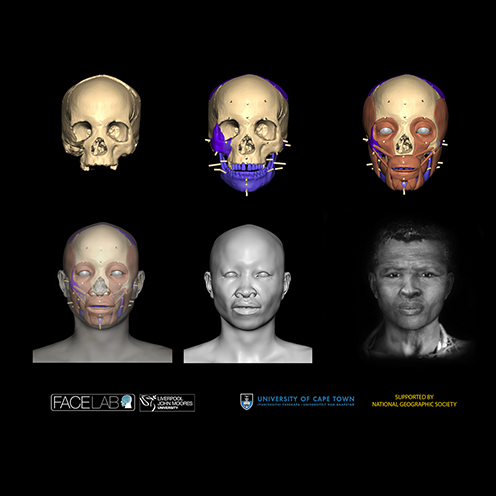
VIZ.LAB
Viz. namely; in other words Abbrev. Latin videlicet (videre licet), meaning ‘it is permitted to see’; typically used to introduce examples or further details to illustrate a point. Relates to scilicet (scire licet), meaning ‘it is permitted to know’, i.e. noting the location where an action takes place.
The Visual Arts department at Stellenbosch University is the first university on the African continent, and one of only a handful of academic departments in the world, to offer research and casework expertise in forensic facial imaging, a critical but overlooked and frequently misunderstood tool in human identification.
Led by Dr Kathryn Smith, Viz.Lab focuses on research projects at the interface of art and science, blending knowledge of facial anatomy, biological anthropology, forensic pathology, and cognitive psychology with cutting-edge technology to carry out craniofacial analysis, reconstruction, and depiction for both forensic and archaeological applications. The lab has a particular interest in making a positive contribution to the resolution of cases involving the unidentified deceased by producing facial likenesses which may prompt leads towards identification.
VIZ.Lab operates an entirely digital workflow, based on our ability to process clinical and other 3D imaging to produce digital models of skulls, and create facial reconstructions using the haptically-enabled virtual sculpture system Geomagic Freeform.
VIZ.Lab offers support to postgraduate students with foundational knowledge and practical skills in visual art, illustration and anatomy who wish to specialise in this exciting interdisciplinary field or related fields of biomedical research and visualisation, as well as researchers who wish to engage this space.
VIZ.Lab is founded on Dr Smith’s overarching research interests in forensic and curatorial practices, and her experience as a member of the Face Lab research group in the School of Art & Design at Liverpool John Moores University from 2015-2020, where she contributed to Face Lab’s extensive forensic and archaeological casework portfolio and the development and delivery of a new MA Art in Science program. Her doctoral research into global forensic post-mortem identification and representation practices provides a unique perspective on the role of art and science in building new career pathways underpinned by an ethos of fostering access, transferable skills and social justice.
VIZ.Lab has established interdisciplinary collaborations with Stellenbosch University’s Faculty of Medicine and Health Sciences; the University of Cape Town; and Face Lab, Liverpool John Moores University; and it benefits from an international network of forensic imaging practitioners working variously in academic or government institutions, police agencies or as freelancers, as well as volunteer ‘citizen forensic’ initiatives such as the Trans Doe Task Force and associated FG4LE (Forensic Genealogy for Law Enforcement) training program, where Smith serves as subject expert in Forensic Art.
VIZ.Lab is committed to robust pracademic exchange around the re-engagement of the original meaning of ‘forensic’ – a public forum for critical argument in the interests of social and criminal justice – and providing greater public awareness and access to information around the application of art and design to forensic investigation.
For more information:
- Kathryn Smith
[email protected]
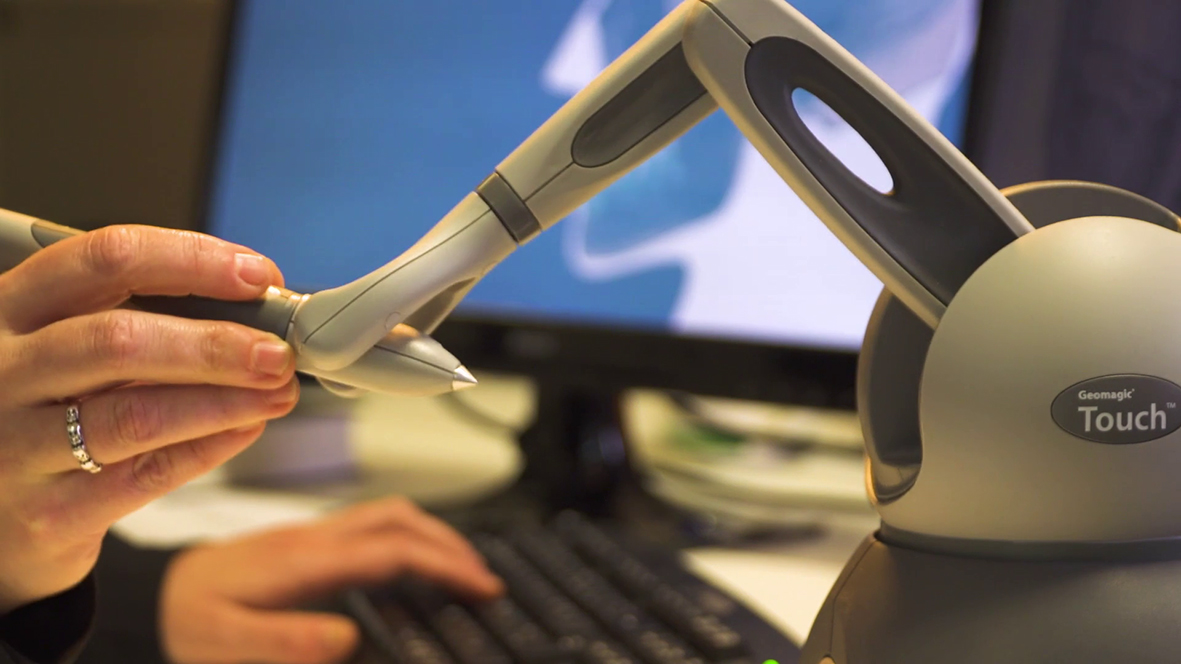
|
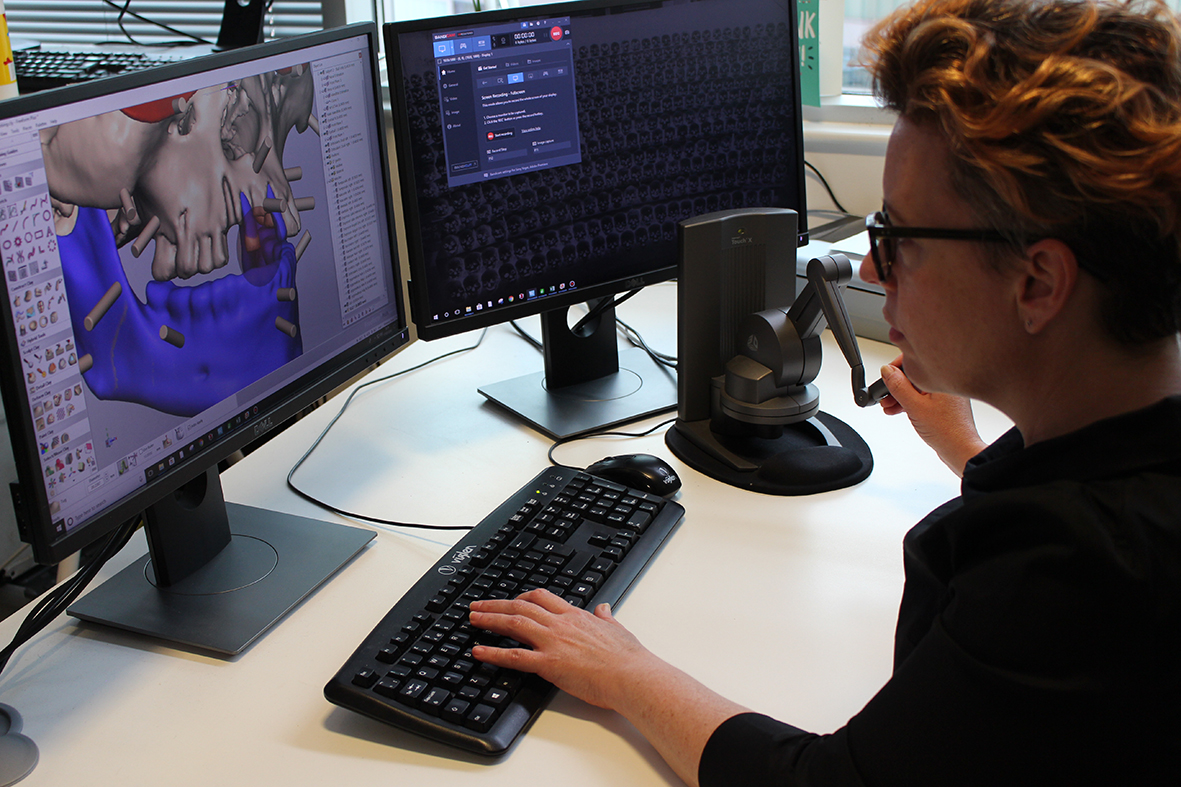
|
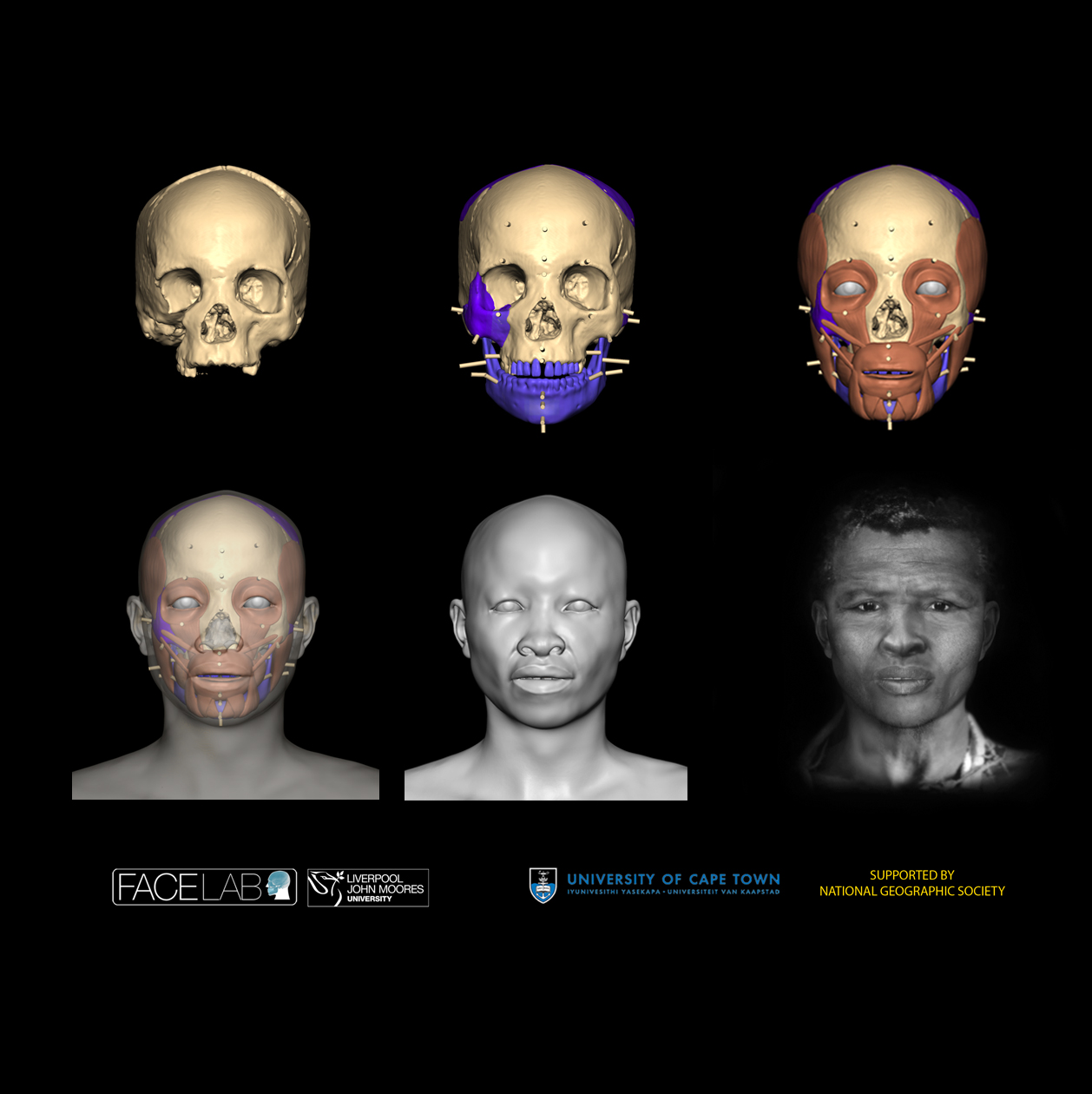
|
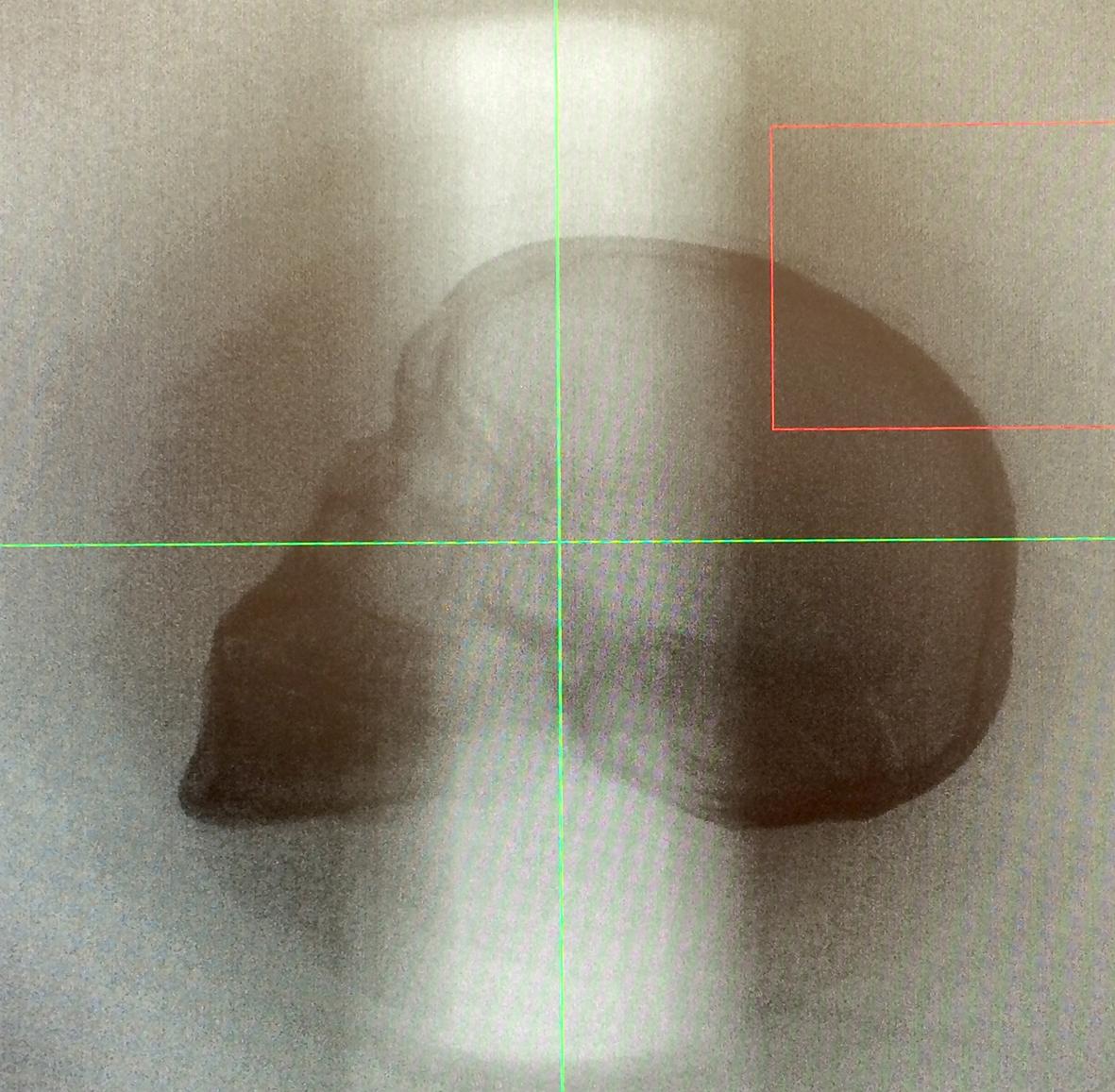
|
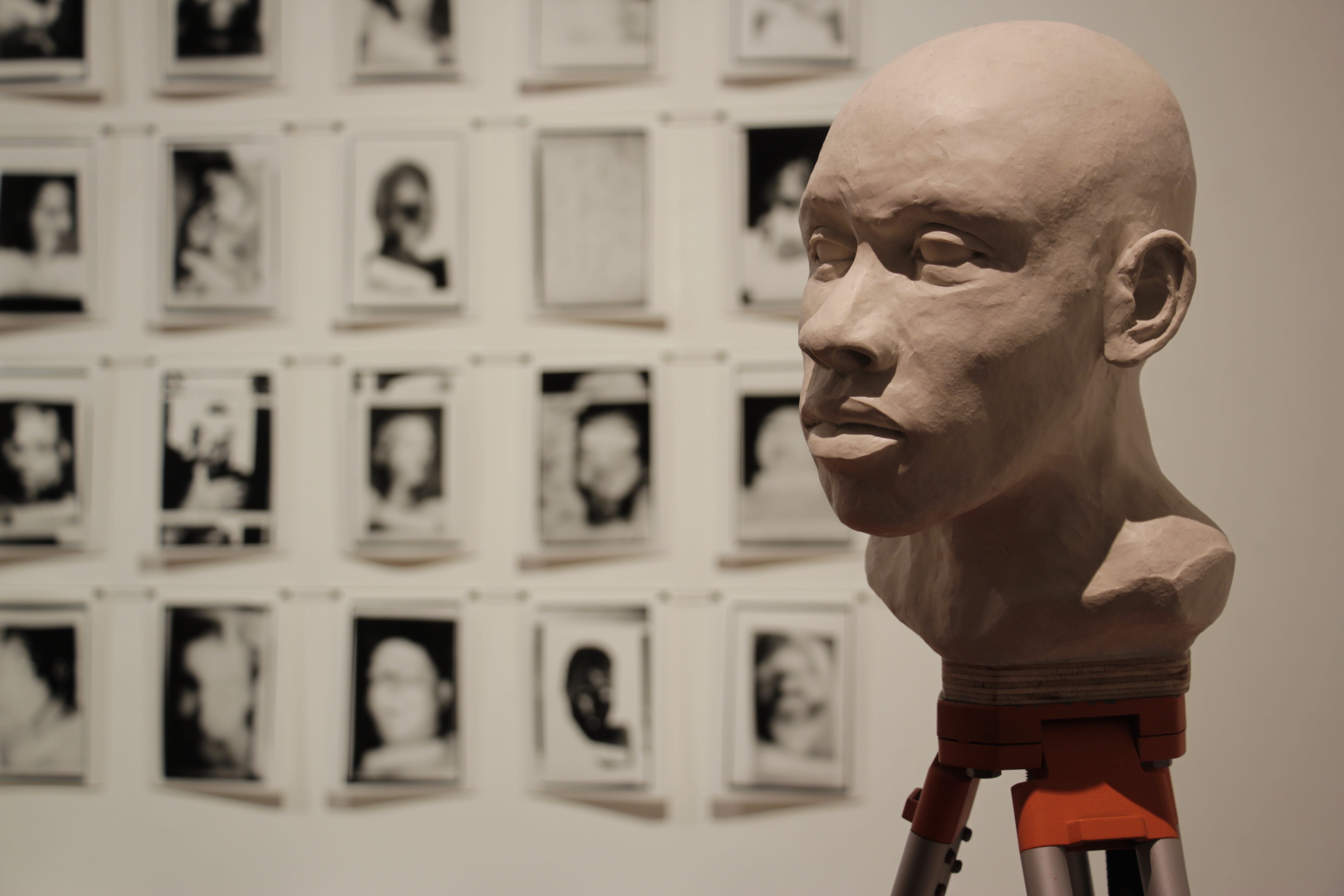
|
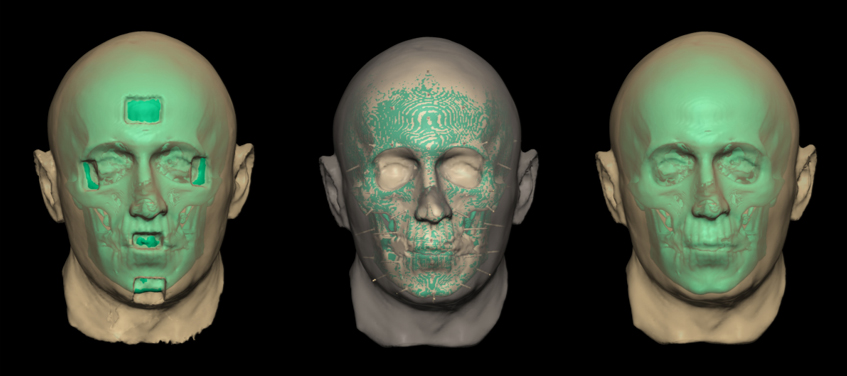
|
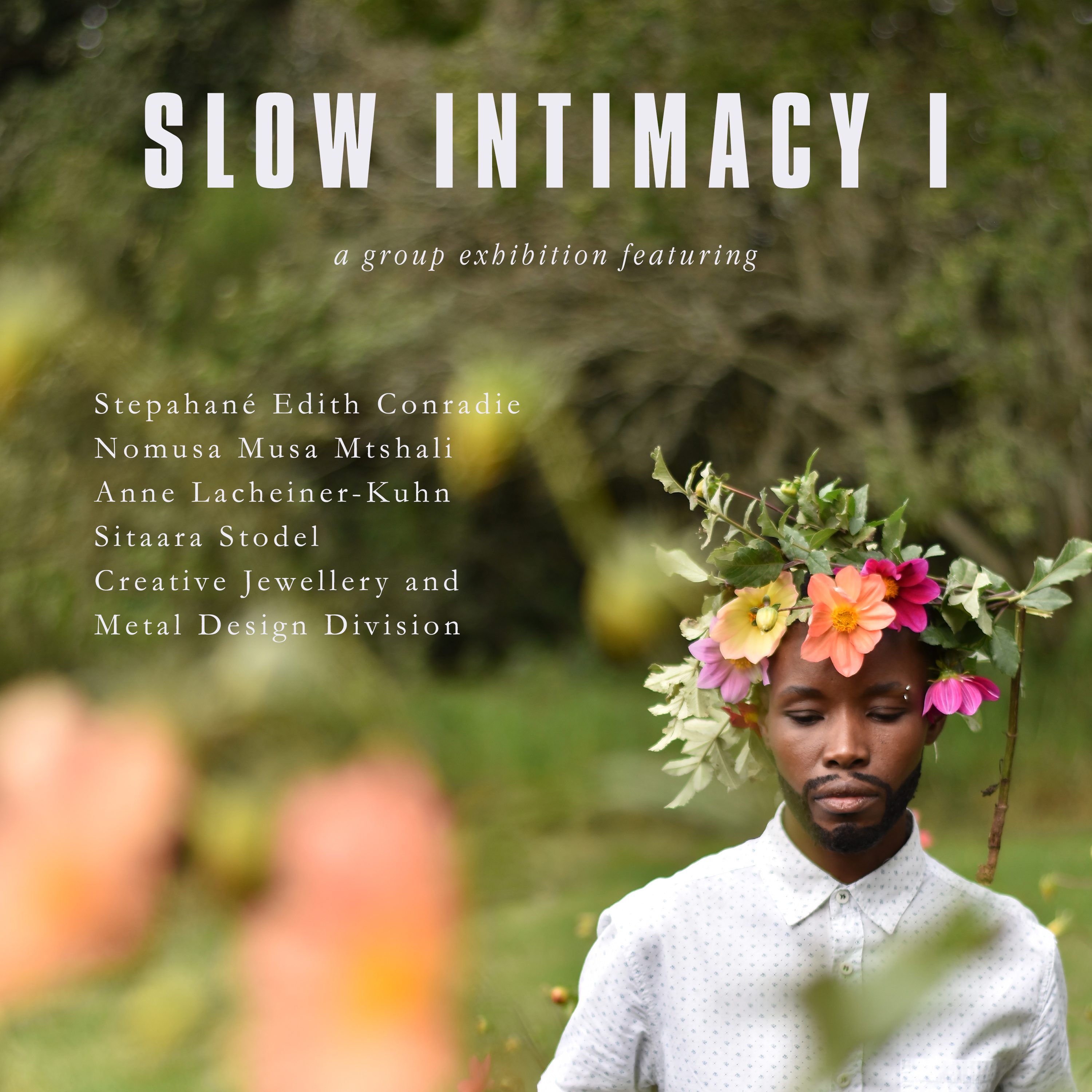
SLOW INTIMACY EXHIBITIONS PROJECT
Reaching across three Stellenbosch galleries (GUS, IS Art and Oude Leeskamer), the exhibitions were designed to reflect on intimacies or relationships that are enduring, long-standing and in process. The three exhibitions created the opportunity for select artists to practice ‘slowness’ in their art-making as a means of cultivating connection, especially after a pandemic epitomised by isolation, retreat and wariness.
Professors Ernst van der Wal and Stella Viljoen, from the Department of Visual Arts, were the head curators of the Slow Intimacy Exhibitions Project. Slow Intimacy I was also curated by this team, alongside Carine Terreblanche and Joani Groenewald, both from the Department of Visual Arts, who were responsible for the curation of the jewellery design. Ilse Schermer, from IS Art Gallery, was the curator of Slow Intimacy II and Maryke van Velden, of the Oude Leeskamer, was the curator of Slow Intimacy III.
SLOW INTIMACY I In Slow Intimacy I (which took place at GUS), the artists and jewellers were bound together by strategies of nesting, resting, collage and collecting, especially in relation to 'home' as a place of bodily intimacies. Here the art of Sitaara Stodel, Stephané Edith Conradie, Nomusa Musa Mtshali and Anne Lacheiner-Kuhn was in conversation with the art jewellery of Carine Terreblanche, Joani Groenewald, Mariambibi Khan and students of the Jewellery Design Division at the Visual Arts Department of Stellenbosch University. Some of these works are featured on this page and include (in order):
- Anne Lacheiner-Kuhn, 2021, Angelic Creatures
- Carine Terreblanche, 2022, Heirless Heirloom, Erfstuk sonder erfgenaam
- Sitaara Stodel, 2021, Strong Women
- Anne Lacheiner-Kuhn, 2022, Traditional Tales
- Bongani Mashange, 2022, Partition
- Annika Lotter, 2022, Undesolated
- Sitaara Stodel, 2021, Flower Patch I
- Joani Groenewald, 2020, Alien Nation
- Luché Oberholzer, 2022, Ignis
- Stephane Edith Conradie, 2021, Slagoffer
- Mariambibi Khan, 2021, Rebellious
- Nicolene du Plessis, 2022, Untitled
- Thara Alie, 2022, Controversy
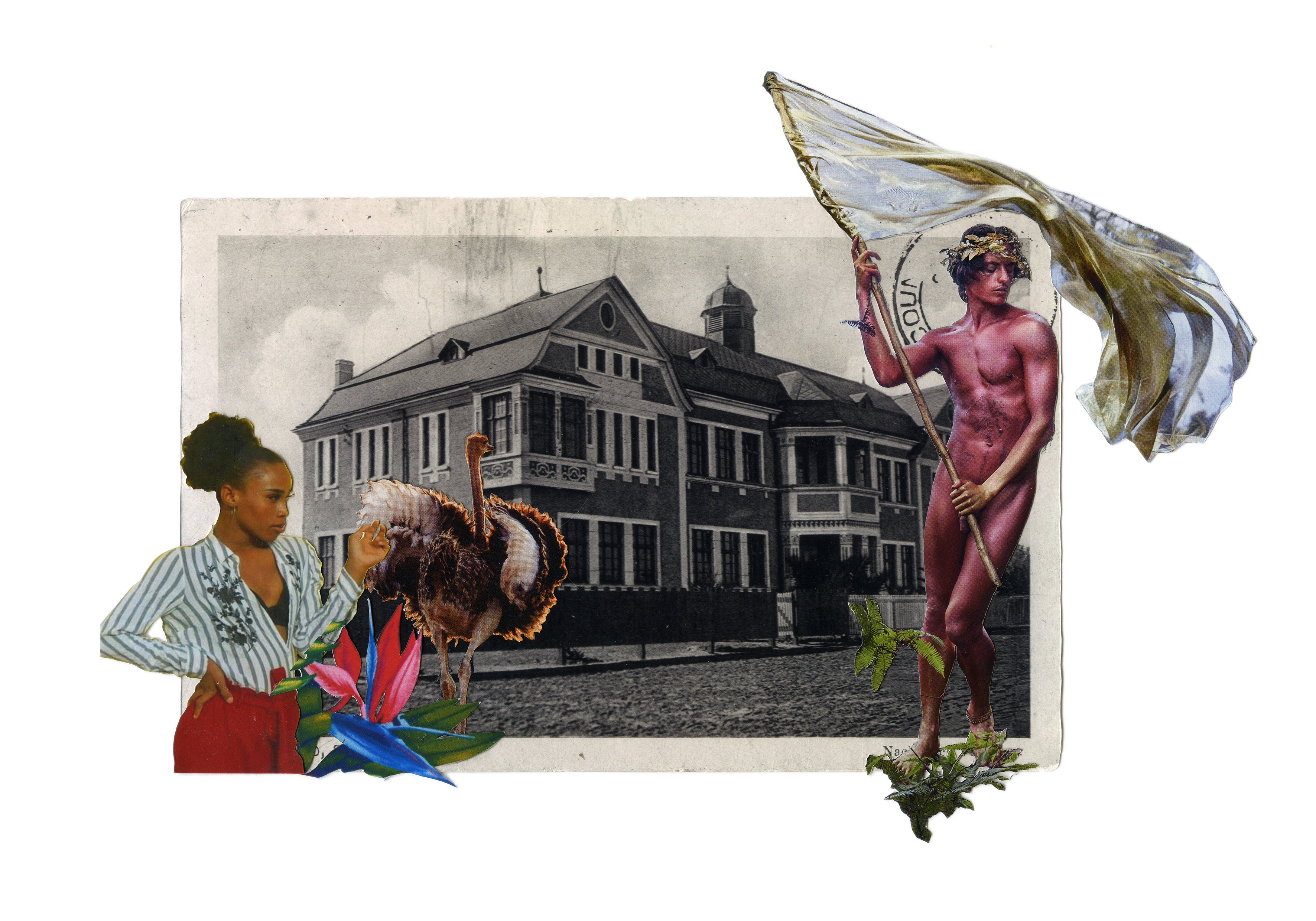
|
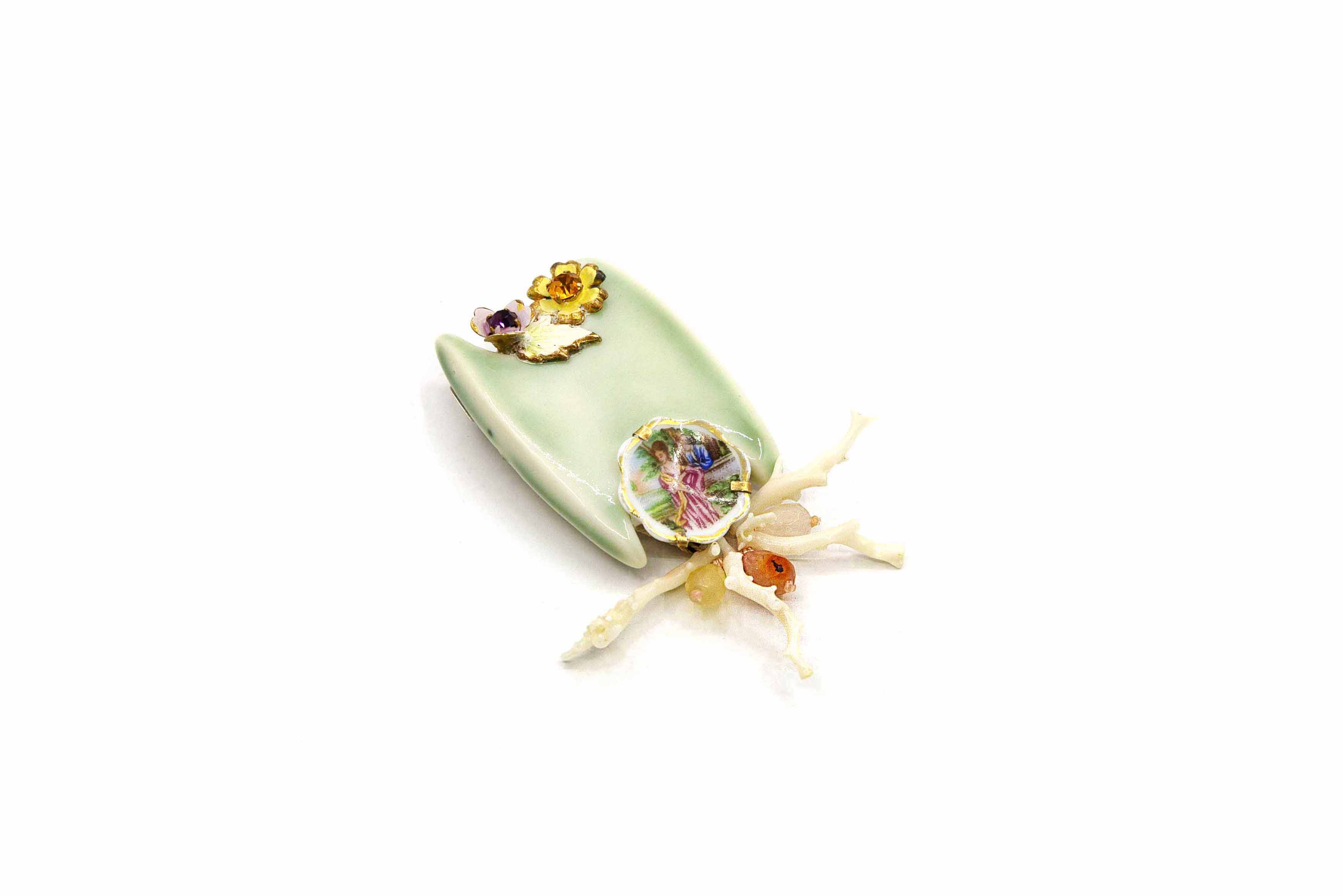
|
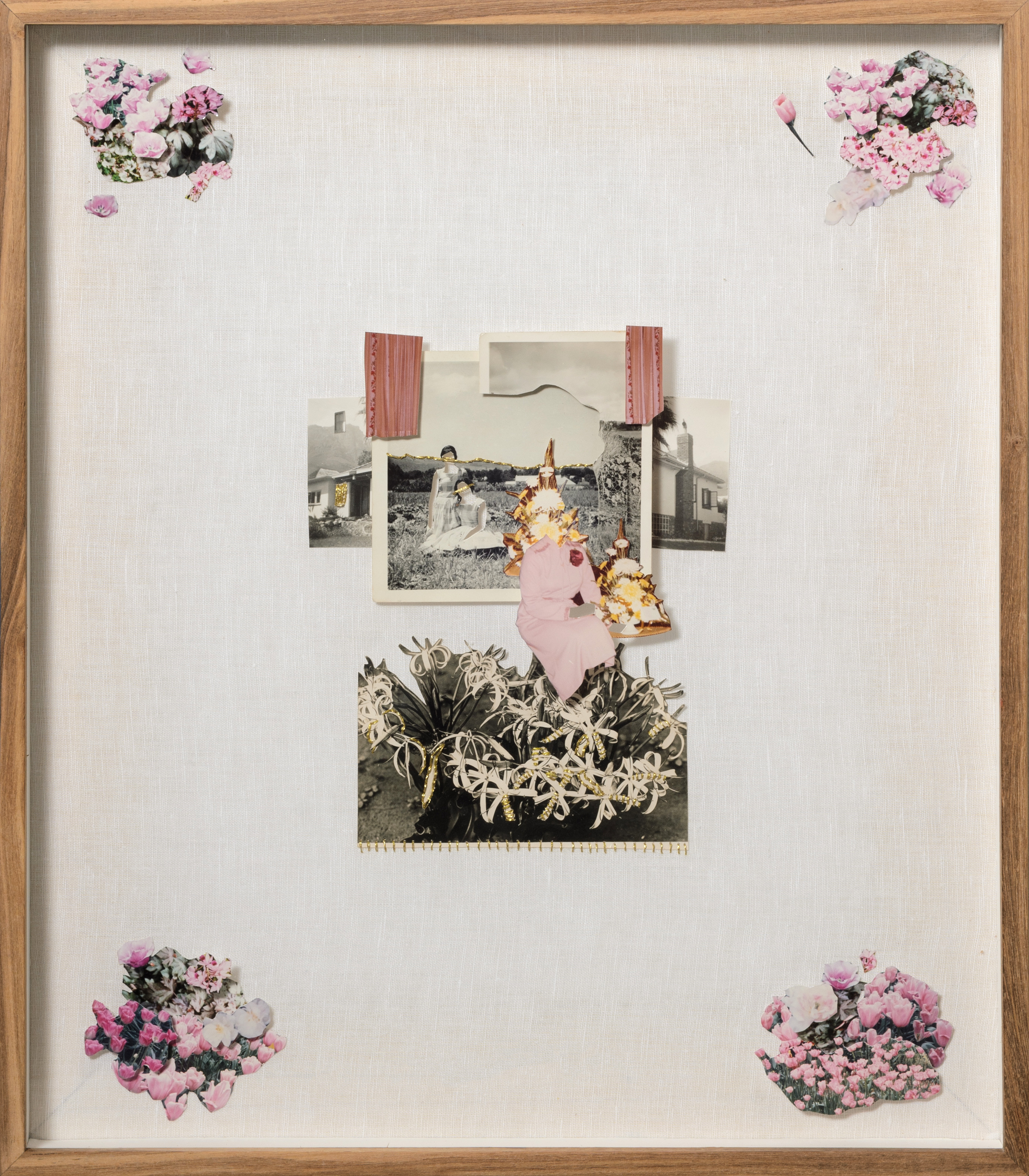
|
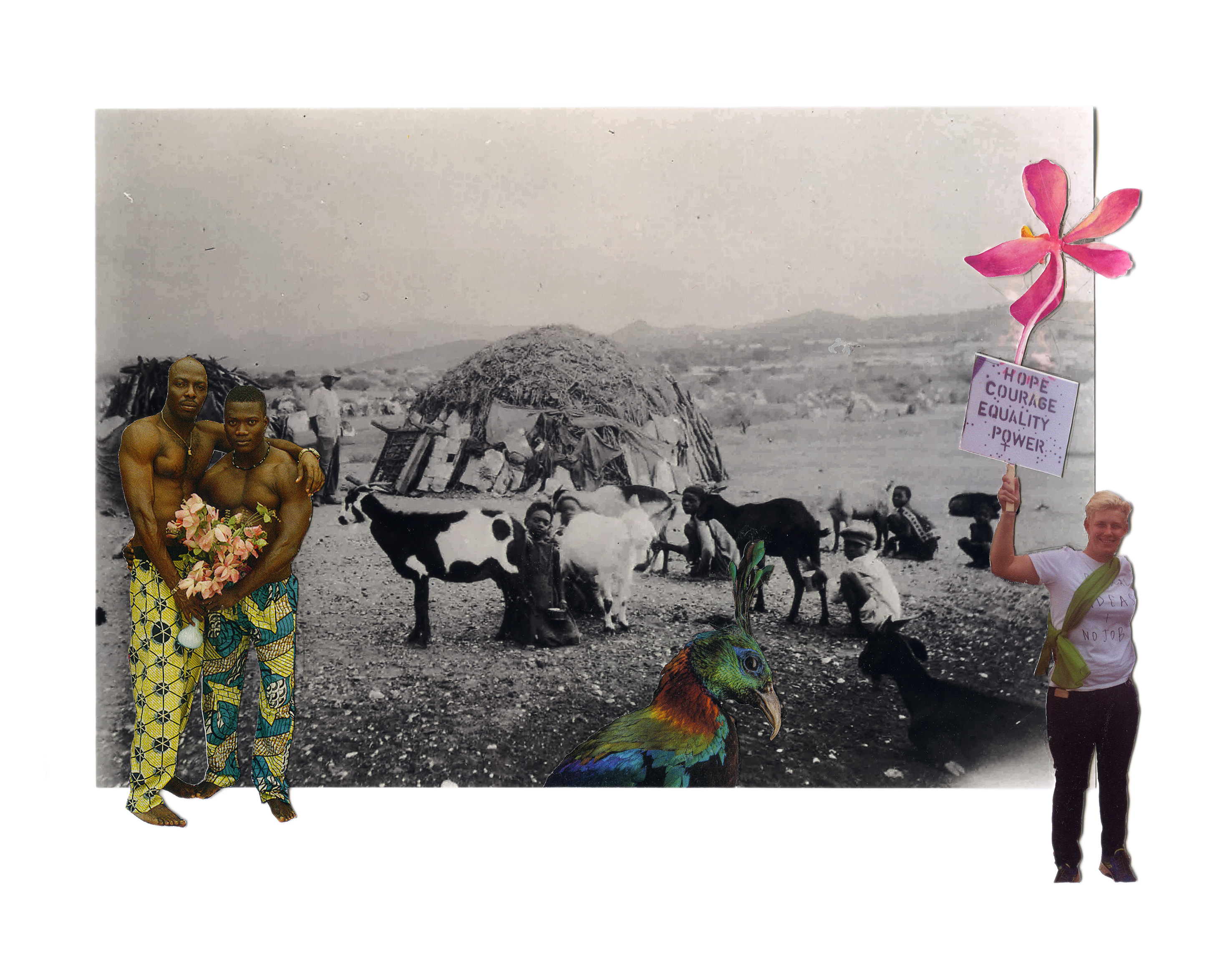
|
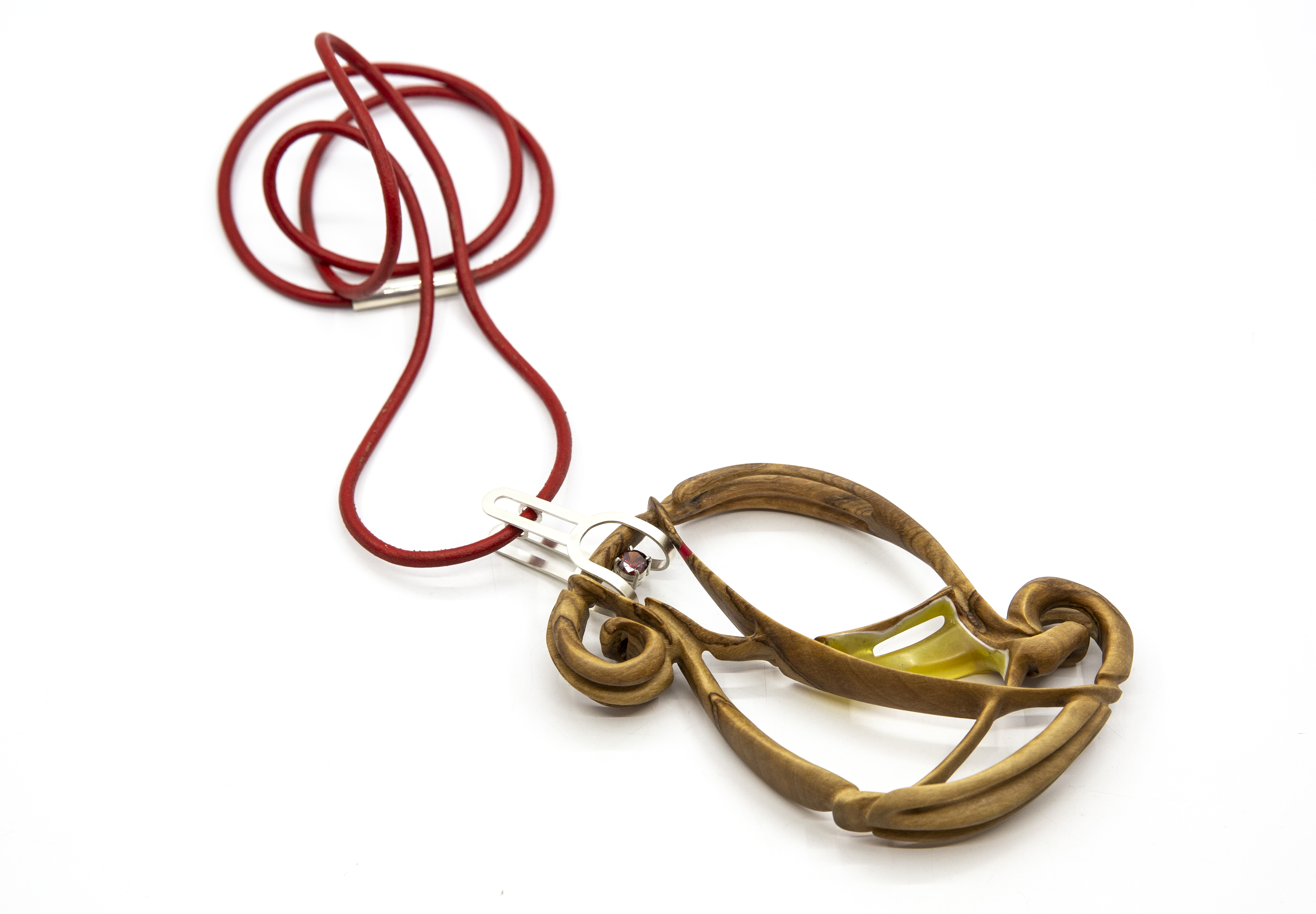
|
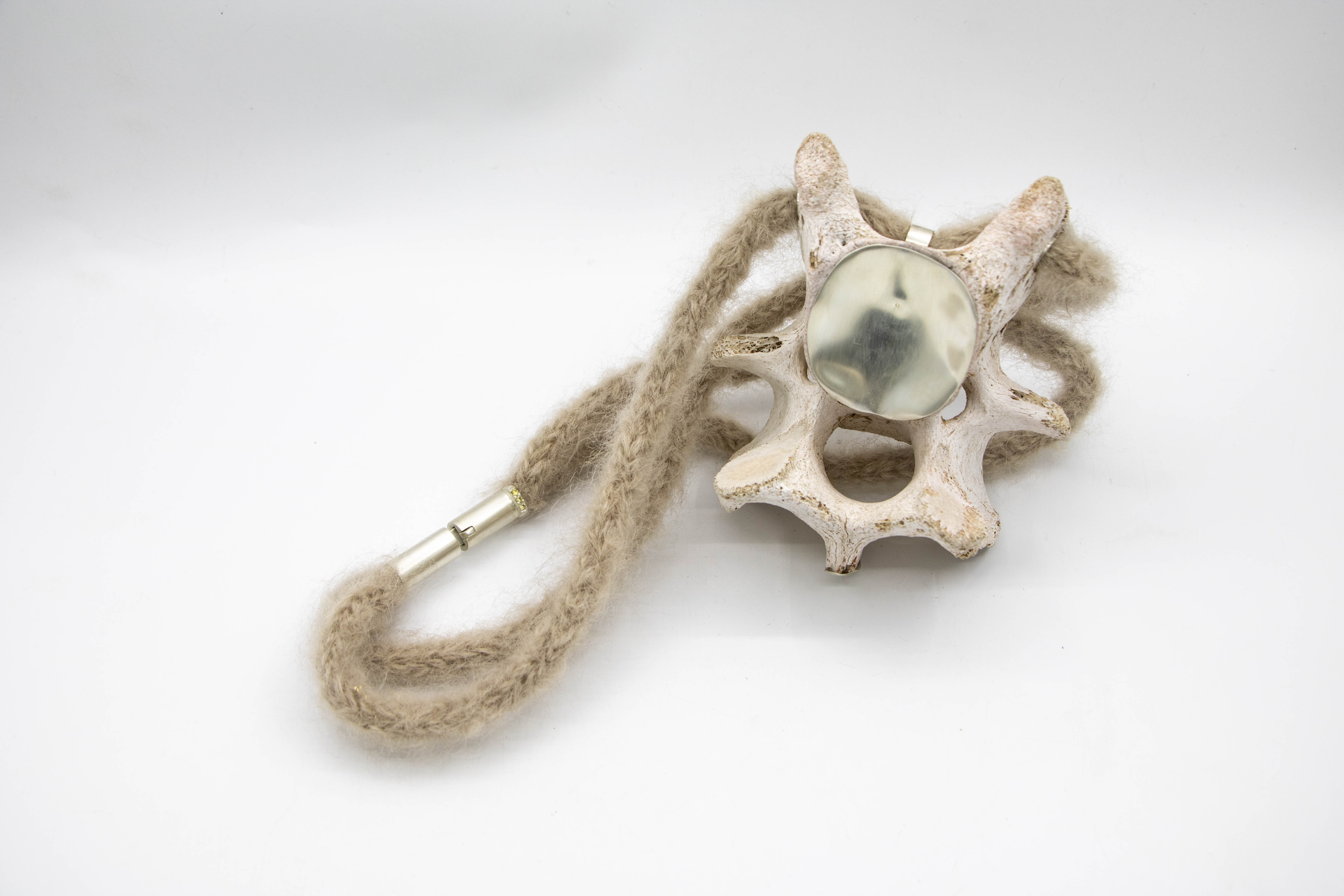
|
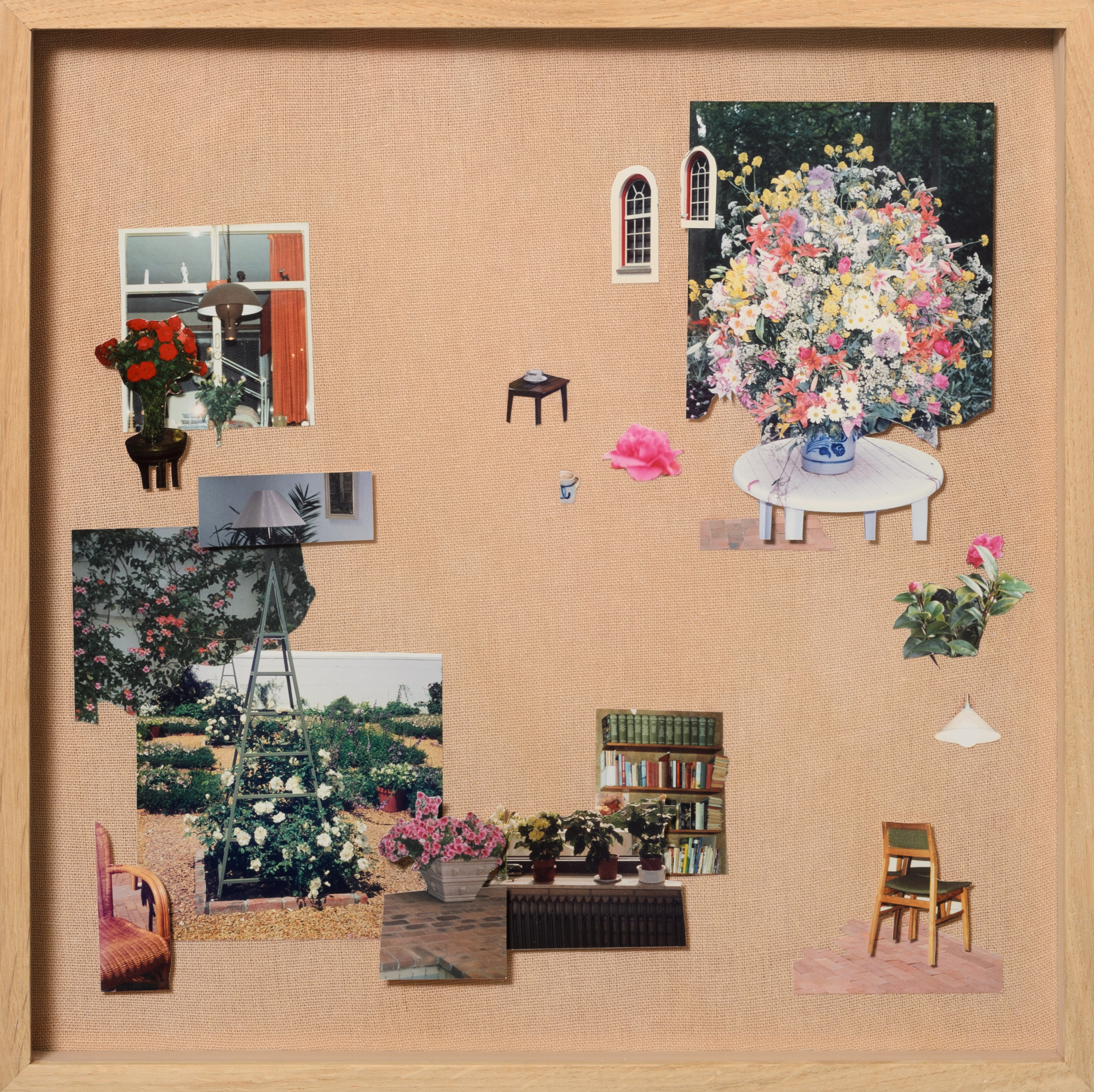
|
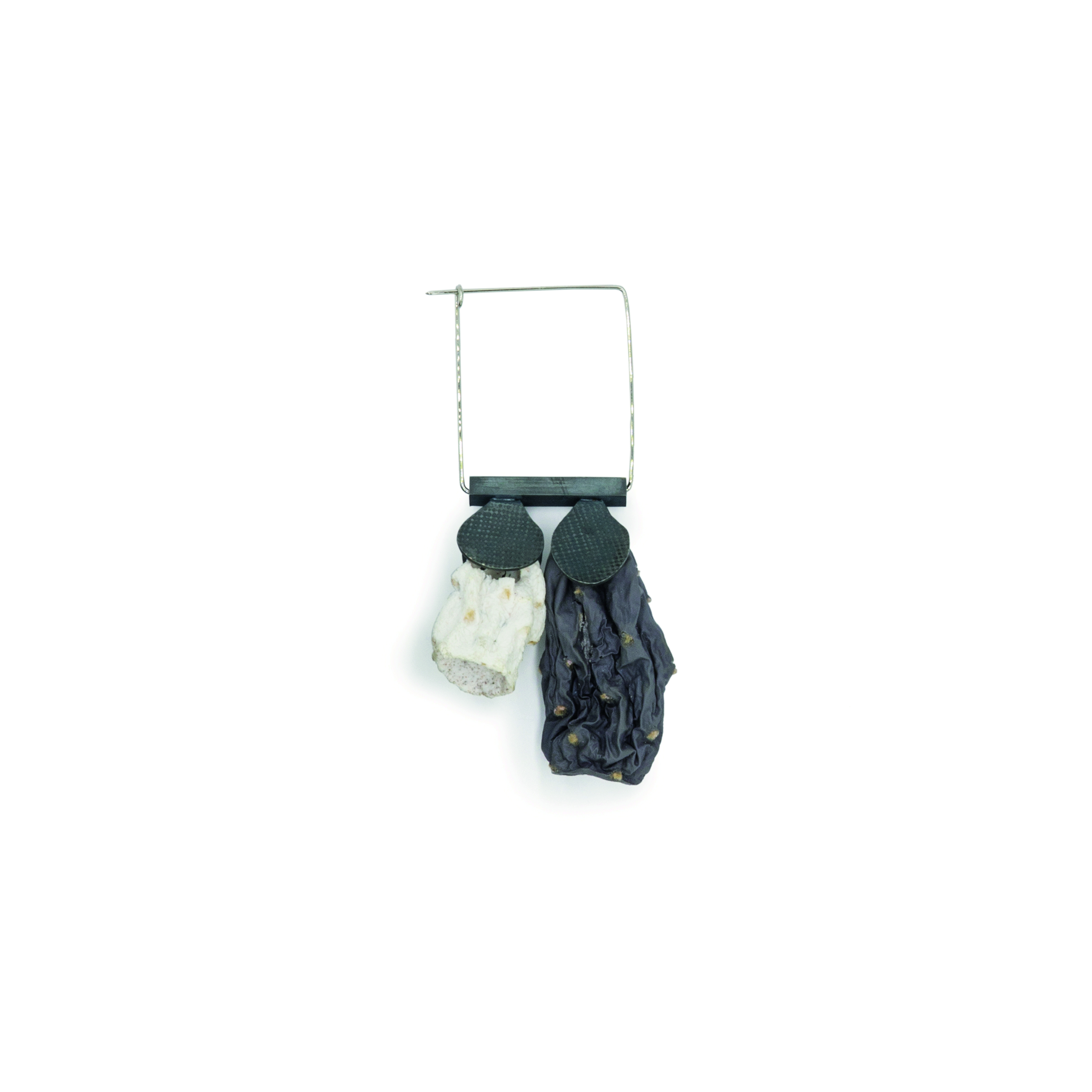
|
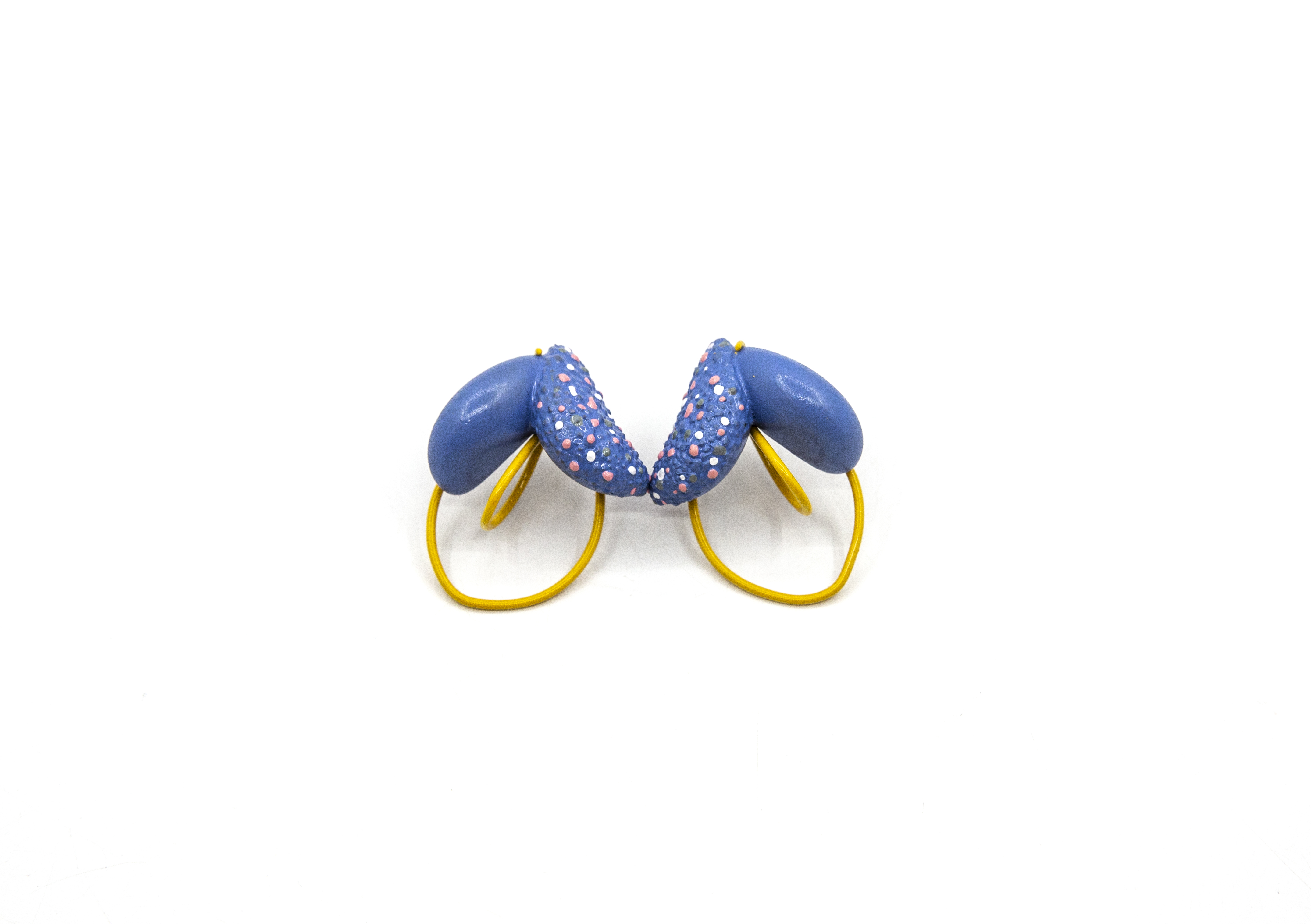
|
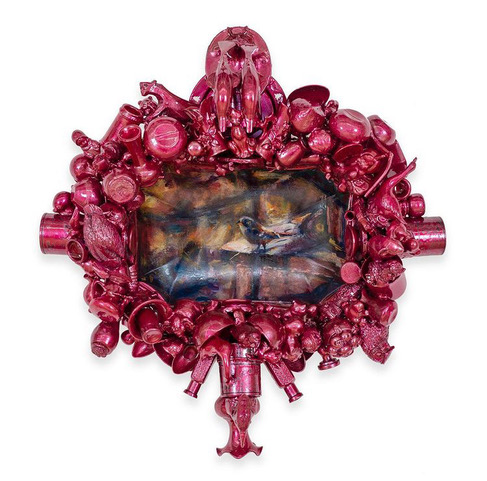
|
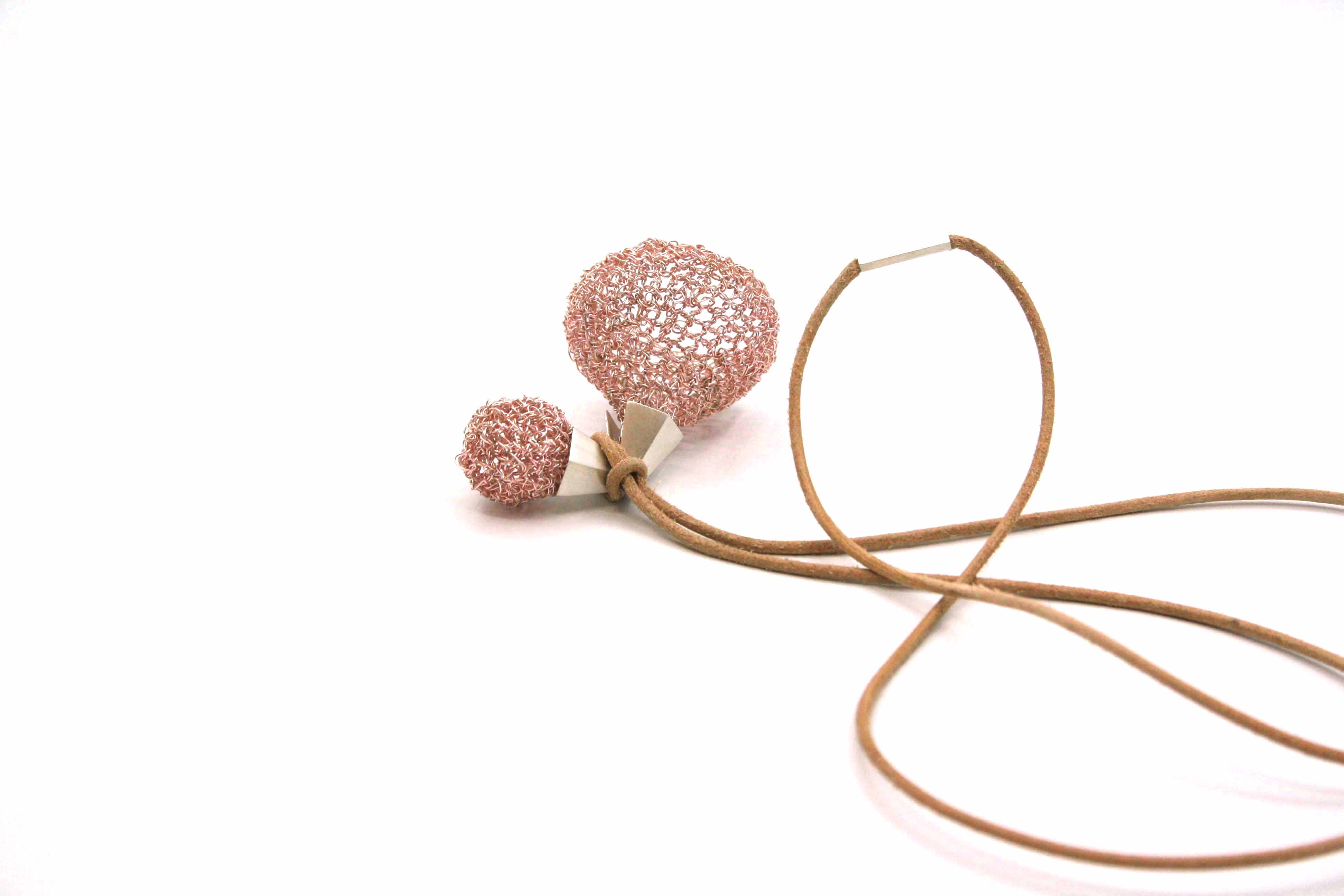
|
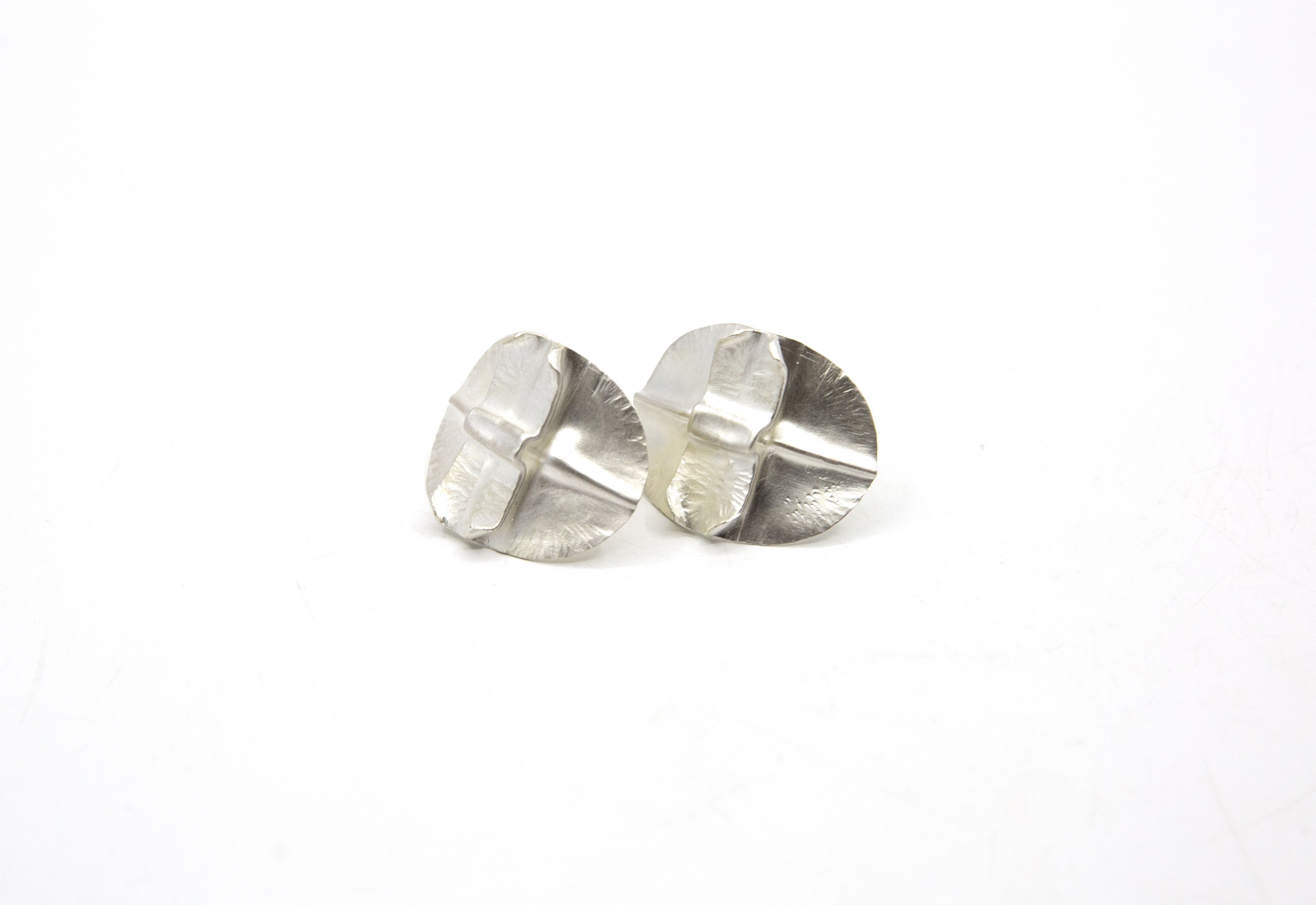
|
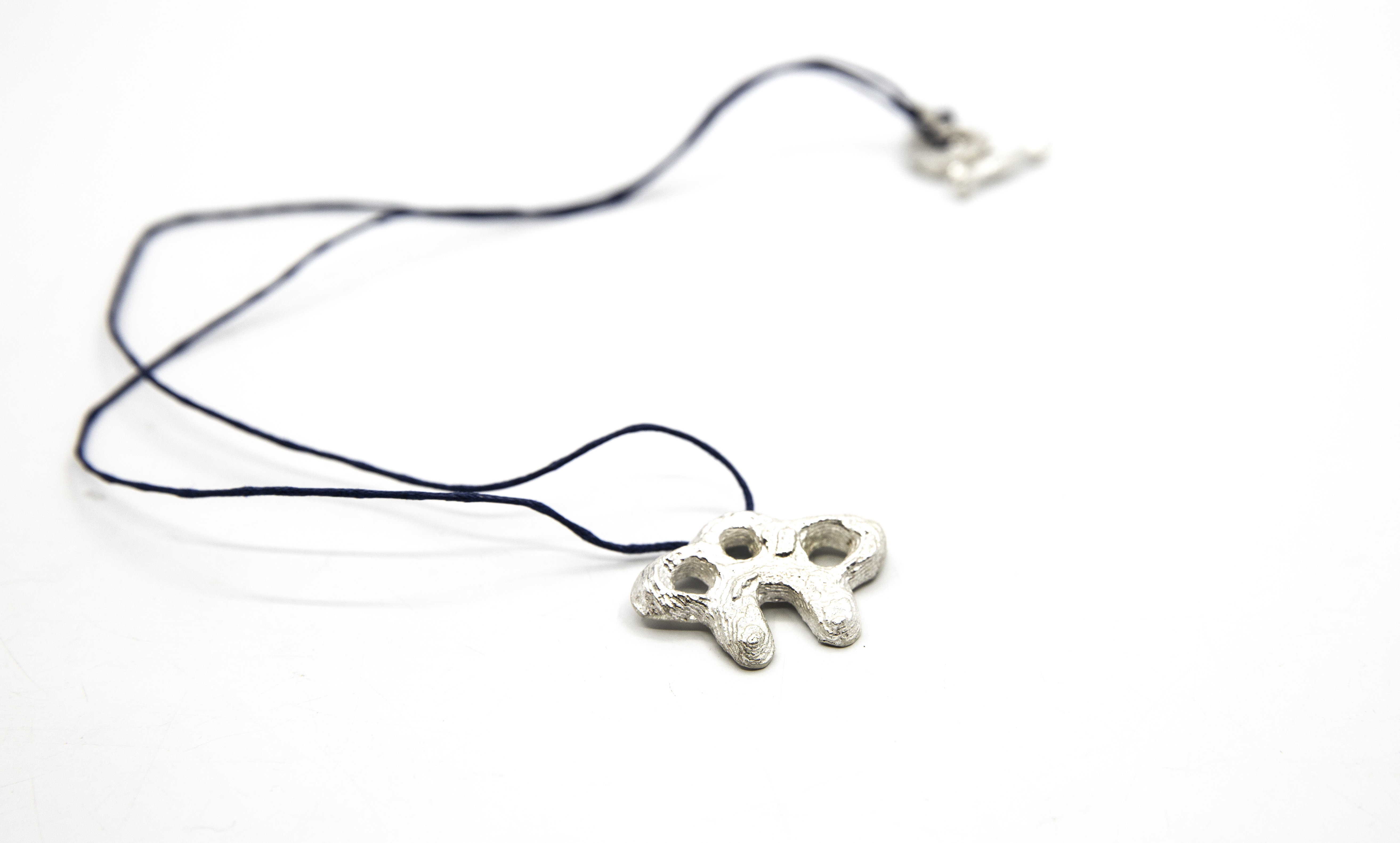
|
You can get a feel of the exhibition here:
